Iceland certainly isn’t likely to register much of a signal on anyone's radar of golf destinations. Yet the country has more golf courses per capita than any other. You start to get the clue when you drive anywhere around the country—almost every town seems to have a golf course next to it. And at least in the summer, the conditions are perfect for golf—the cool, moist weather is perfect for growing fescue and the long days enable you play almost as many holes as you want. It reminded me of playing golf in Scotland.
All that plus the country’s well-known spectacular landscapes make golf something that’s definitely worth doing if you go to Iceland, if not being worth the trip there in itself. And if you’ve only dedicated one day to playing golf like I did, the question is where to go. Like a lot of people would, I did this by looking at a ‘best courses’ list, in this case the UK-based top100golfcourses.com. They do a very good job ranking English courses, so I figured—especially for a lack of other sources—why not use their list here too?
And the course that they ranked number one was Keilir Golf Club, about 15 minutes south of Reykjavik and just off the highway into town from the airport (you can see the front nine if you’re looking). So I decided to book one round here and one round at the spectacular-looking 12 hole Brautarholt course, about 45 minutes away on the north side of Reykjavik.
While I don’t know how it compares to some of the courses that I didn’t play, I’d certainly call Keilir a ‘must play’ if you’re going to Iceland and want to play golf. And it should probably be at the top of the list given its proximity to Reykjavik and how it manages to capture a lot of the spectacular variety of Iceland’s landscapes. The two nines are very different from each other; the front nine plays through a generally flat lava field, without bunkers but with ground contours reminiscent of the great links courses while the back nine is a sloping piece of land on the high cliffs, a bit reminiscent of Pennard or Southerndown in Wales…although with even more spectacular holes on the cliff’s edge.
The two nines are very different in character and one might raise that as a point of criticism of the course. It didn’t really bother me because the holes are consistent in design character. Both nines have an excellent set of greens with good variety. There are simple greens at the end of complicated holes and complicated ones at the end of simpler ones. While the front nine has all the hazards it needs with the lateral lava fields, the back nine has quite a few bunkers (many sod stacked) and some carries over cliffs to match the challenge of the front. While the course is only about 6,500 yards it’s plenty challenging, especially given the ever-present wind and rain.
This course has changed a lot over the years, starting as 9 holes on the cliff top, then expanding to 18 holes there, then 27 holes with 9 holes in the lava and the original 18 redesigned into 9 big course holes and 9 par 3 course holes. There were several new holes on the back nine and the club looks like it’s making one final change (by the British duo Mackenzie and Ebert), converting the par 3 tenth and par 4 eleventh into a par 5 and adding what looks to be another spectacular par 3 on the cliff’s edge. I’m not sure whether the next round of changes will improve the course but there’s no doubt that this club has shown a desire to continually try to improve their course.
The drive from the airport to Reykjavik is mostly through a lava field and the contours will remind a golfer who has played a true links course a lot of those. Of course for building a golf course, that’s where the similarities end—on links land, you can just plant grass on the existing soil while here, you have to either cover the lava with an enormous amount of top soil or bomb your way through it…and then cover it with an enormous amount of top soil.
The drive on the par 5 first is quite intimidating between lava fields on the left and right. There’s actually a lot of room over the lava on the right if you can carry it about 220 from the back tees…which wasn’t happening for me into a stiff wind with my 11.5 degree rental driver. My first shot of the day landing in the gravelly edge of the lava on the left and I opted to pitch out rather than take a full shot chance ending my round with a broken wrist after one shot.
All that plus the country’s well-known spectacular landscapes make golf something that’s definitely worth doing if you go to Iceland, if not being worth the trip there in itself. And if you’ve only dedicated one day to playing golf like I did, the question is where to go. Like a lot of people would, I did this by looking at a ‘best courses’ list, in this case the UK-based top100golfcourses.com. They do a very good job ranking English courses, so I figured—especially for a lack of other sources—why not use their list here too?
And the course that they ranked number one was Keilir Golf Club, about 15 minutes south of Reykjavik and just off the highway into town from the airport (you can see the front nine if you’re looking). So I decided to book one round here and one round at the spectacular-looking 12 hole Brautarholt course, about 45 minutes away on the north side of Reykjavik.
While I don’t know how it compares to some of the courses that I didn’t play, I’d certainly call Keilir a ‘must play’ if you’re going to Iceland and want to play golf. And it should probably be at the top of the list given its proximity to Reykjavik and how it manages to capture a lot of the spectacular variety of Iceland’s landscapes. The two nines are very different from each other; the front nine plays through a generally flat lava field, without bunkers but with ground contours reminiscent of the great links courses while the back nine is a sloping piece of land on the high cliffs, a bit reminiscent of Pennard or Southerndown in Wales…although with even more spectacular holes on the cliff’s edge.
The two nines are very different in character and one might raise that as a point of criticism of the course. It didn’t really bother me because the holes are consistent in design character. Both nines have an excellent set of greens with good variety. There are simple greens at the end of complicated holes and complicated ones at the end of simpler ones. While the front nine has all the hazards it needs with the lateral lava fields, the back nine has quite a few bunkers (many sod stacked) and some carries over cliffs to match the challenge of the front. While the course is only about 6,500 yards it’s plenty challenging, especially given the ever-present wind and rain.
This course has changed a lot over the years, starting as 9 holes on the cliff top, then expanding to 18 holes there, then 27 holes with 9 holes in the lava and the original 18 redesigned into 9 big course holes and 9 par 3 course holes. There were several new holes on the back nine and the club looks like it’s making one final change (by the British duo Mackenzie and Ebert), converting the par 3 tenth and par 4 eleventh into a par 5 and adding what looks to be another spectacular par 3 on the cliff’s edge. I’m not sure whether the next round of changes will improve the course but there’s no doubt that this club has shown a desire to continually try to improve their course.
The drive from the airport to Reykjavik is mostly through a lava field and the contours will remind a golfer who has played a true links course a lot of those. Of course for building a golf course, that’s where the similarities end—on links land, you can just plant grass on the existing soil while here, you have to either cover the lava with an enormous amount of top soil or bomb your way through it…and then cover it with an enormous amount of top soil.
The drive on the par 5 first is quite intimidating between lava fields on the left and right. There’s actually a lot of room over the lava on the right if you can carry it about 220 from the back tees…which wasn’t happening for me into a stiff wind with my 11.5 degree rental driver. My first shot of the day landing in the gravelly edge of the lava on the left and I opted to pitch out rather than take a full shot chance ending my round with a broken wrist after one shot.
The rest of the hole is fairly wide open but I was struck by the contours of the ground—they reminded me of some of the best links land that I’ve played (a ’Lava Links’ is a perfect name for it). And the fairways are mostly fescue and rye, so they play similarly too. It’s best to approach the small, flat green from the left side because the fairway is a bit flatter over there and the green angles from front-left to back-right between lava mounds.
The ~375 yard second has, at least from the back tees, probably the most intimidating drive on the course. The fairway narrows between the lava fields at 200 yards and into the wind, it felt like there was nowhere to hit it. Again, the hole opens up past about 220 yards. The approach is to an elevated green over a lava mound, which kicked my ball right onto the edge of another lava mound.
I was pretty concerned after the first two holes that I was playing a course that was just too difficult to play in any kind of wind, which is of course most of the time here. But I felt that the course became a lot more reasonable starting with the sub-300 yard par 4 third. The green is hidden behind lava and you can only see the top of the flag from most of the fairway.
But the fairway opens up past about the 240 mark and if you can get it here, you’ll have a simple shot straight onto the green. This is a very intimidating shot from the tee because you can’t see any of this landing area over the lava from the tee. But if you can put that out of your mind, there’s a lot of risk in the reward. Unlike the simple first two greens, this one has heavy contour and is excellent.
Turning back down wind, four is a simple, slightly downhill par 3 of about 165 yards. Not much trouble around the green but the green has wonderful subtle contours.
Also fortunately downwind was the 450+ yard par 4 fifth. The objective with the drive is to just keep it between the lava but the approach is a real beauty: the green is just beyond a gentle ridge which messes with your depth perception (I was 15 yards short), open in front, and slopes gently away to the middle. This green complex would fit in very well on many of the finest links courses.
Six is an excellent short (~150 yards) par 3. It’s much more intimidating than four thanks to all the lava around the green. And if you go at any pin on the right side of the green, you’ll be trying to hit to within a few feet of it. Any push will play plinko in the lava. But what makes the hole so good is that you can see plenty of safe area left of the green and easily play to it.
The par 5 seventh resulted in a new experience for me. The landing area on seven is generous but when you get out there, the grassed area continues to the left. So I laid up that way and hit my third shot over a pond to a green tucked back to the left in a way that the hole was shaped like a big reverse question mark. I thought that this was the first really stupid hole that I played.
And that’s because I hadn’t played the seventh hole: I played the first half of the seventh hole and then the second half of the eighth hole, which I didn’t realize until I saw the sign after the green directing players to the ninth tee. The second shot on the actual seventh hole was blind to the right over the lava. Turns out that the actual hole is a really good one because the carry over the lava is diagonal and the more that you bite off, the closer you can get to the green. If you bail left, you leave yourself an awkward angle and view into the green.
And that’s because I hadn’t played the seventh hole: I played the first half of the seventh hole and then the second half of the eighth hole, which I didn’t realize until I saw the sign after the green directing players to the ninth tee. The second shot on the actual seventh hole was blind to the right over the lava. Turns out that the actual hole is a really good one because the carry over the lava is diagonal and the more that you bite off, the closer you can get to the green. If you bail left, you leave yourself an awkward angle and view into the green.
The actual eighth hole, ~380 yard par 4 plays to the widest-appearing fairway so far, although the lava doesn’t cut in on the left at about 250 yards. The course’s one water hazard on the right shouldn’t come into play. The approach is partially obscured by lava but is to what might be the course’s best green; angled front-left to back-right and sloping upward in this direction, with an interesting bowl at the front-left and running off on the right side.
Nine is another simple driving hole if you can’t reach the lava at about 285 down the right side. But the approach is very awkward, with a blind pond covering the left side of the shallow green in front. Probably my least favorite hole on the course.
Although it’s maybe two dozen yards from the ninth green, the par 3 tenth has a completely different feel from everything that’s come before, playing downhill with no lava to a large, undulating green at the sea’s edge. I liked this hole but it is behind replaced by a par 5 that encompasses both this and the next hole.
The next hole, a short par 4 starts from what will be the landing area of the future par 5 and it looks like there will be few changes on the second half of that hole from the current hole. This is a good this because the current hole is excellent: about 340 yards along the cliff with bunkers on the right edge of the fairway in the driving zone. It’d be a fantastic hole for long hitters, who could challenge the cliff to get near the green…although I’m not sure how feasible that will ever be given the cold and the wind. For the rest of us, the further you lay up to the right, the better the angle into the narrow green perched on the cliff’s edge.
Twelve is a medium-length par 4 with an up-and-over blind drive. This hole will be lengthened and played to a new green, becoming the finishing hole. The current green is a quirky one, perched off the edge of the hill overlooking the tenth. This hole reminded me of something that you’d find on an old countryside English course and I liked it. The new hole will be stronger and look more modern, consistent with the direction that the club is taking its course.
But the thirteenth hole, a new short par 4 that will become the tenth, ensures that the course will keep some of its English quirk. It’s a completely blind drive over a field of rocks with an aiming post. I think that you want to aim right of the aiming post because the fairway slopes hard right-to-left.
We go from quirky to brutal with the long par 4 fourteenth—at least if you play the back tees. From here, it’s one of the most dramatic and difficult drives that I’ve ever seen, over the edge of the bay and some (I think) fishing houses. The carry looked a bit long for me, especially with rental clubs. Turns out that I was right: it’s about 225 to carry the seawall from here even at the nearest point!
But it’s a great drive for everyone because it retains the same great diagonal carry from the middle tees. From the fairway, the green is fairly open if you carry a bunker about 20 yards short and left. While very difficult, this is a great risk-reward hole.
The difficulty doesn’t let up with the 210 yard fifteenth. There isn’t much room to bailout thanks to two pot bunkers left of the green but you can lay up short and left if you don’t feel up to the challenge. I nailed a three-wood, which got me to the middle of the green. A great par 3, especially if you don’t think that extreme difficulty shoudl count against a hole.
Sixteen, a par 5, is the third consecutive hole that follows the water’s edge. The drive is almost as dramatic as that on fourteen, although you can also play safe away from the cliff. It’s about a 250 yard carry over the cliff right of the rightmost of the fairway bunkers although again, into the wind and cold weather.
The are two bunkers in the middle of the fairway about 100 yards short of the green then two more at its entrance on the left. The lay up here reminds me a bit of that on fourteen at Royal St. George’s because the best placement is between the bunkers and the cliffs edge. But unless you can easily carry the bunkers, it’s probably best to lay back short of them. The green seemed pretty new—all fescue.
It also looks like the club has been tinkering with the ~360 par 4 seventeenth because the bunkers looked newly constructed and there was new grass in the fairway. Despite the short length on the card, the hole was quite difficult as it plays pretty good uphill and looks tight between all the bunkers.
More evidence that the hole is new is that Google Earth doesn’t show it…meaning that I also don’t know how far it was to reach the bunkers off the tee. In any case, laying back to no more than 230 off the tee keeps you safe.
More evidence that the hole is new is that Google Earth doesn’t show it…meaning that I also don’t know how far it was to reach the bunkers off the tee. In any case, laying back to no more than 230 off the tee keeps you safe.
Eighteen is a long par 4 which will become fifteen in the new routing. That’s a bit of a shame because this is a truly great hole and a fitting conclusion to the round. There’s a bunker somewhere to the right off the tee but plenty of room to miss left and no reason to challenge it.
The important thing here is that you hit a long drive because there are a variety of challenges on the approach. First, a rock wall and road cross the hole about 50 yards short of the green. If you’ve hit a weak drive, it’ll be a challenge to carry the wall. If going for the green from long distance, it’s important to hedge left as there’s open fairway here and the ground slopes left-to-right. If you go at the green and miss short or a bit right, you can run about 20 yards down a steep hill to the right, leaving a nasty shot into the narrowest aspect of the green.
I love a good long par 4 and this is one of the best that I’ve seen.
The important thing here is that you hit a long drive because there are a variety of challenges on the approach. First, a rock wall and road cross the hole about 50 yards short of the green. If you’ve hit a weak drive, it’ll be a challenge to carry the wall. If going for the green from long distance, it’s important to hedge left as there’s open fairway here and the ground slopes left-to-right. If you go at the green and miss short or a bit right, you can run about 20 yards down a steep hill to the right, leaving a nasty shot into the narrowest aspect of the green.
I love a good long par 4 and this is one of the best that I’ve seen.
Playing golf in Iceland might seem odd to a golfer traveling from abroad. It doesn’t seem like a place where people would play golf and it fits a bit oddly into a travel itinerary filled with hiking, glacier climbing, and dips into hot springs (and eating the infamous fermented shark which—spoiler alert—just tastes like ammonia).
But golf at Keilir isn’t odd at all. This is a strong, challenging golf course which, as evidenced by the continuous changes to the course, the club takes very seriously. The course is very thoughtfully designed, with plenty of challenge in the form of lava on the front nine and strategically placed bunkers and choices regarding carries over the cliffs’ edges on the back. And I thought that this set of greens was better than those on at least half of the much more famous courses that I played in the UK. Probably only Royal St. George’s, Royal Cinque Ports, and Woking had a set of greens clearly better than these.
So I think that Keilir is a perfect part of an Iceland trip for the golfer because the course captures a lot of the spectacular scenery of the country (the cliffs, the lava fields) while allowing you to play golf at the same time. And it will potentially be even better when they convert ten and eleven into one par 5 and build another spectacular cliff’s edge par 3 after it. I wish I had gotten a picture of it—it will play slightly downhill with the ocean directly left of/behind the green. There will be a ~180 yard walkback up the hill to the eighteenth tee, so there’s a bit of a trade-off in that. I suspect that the trade-off will be worth it for all but the strictest routine curmudgeons.
In any case, the other sixteen holes that aren’t being changed are almost all very good to excellent so if you do show up, whenever you do, you’ll experience an excellent course, one that would be a top 100 public course in the US and one at which I’d be happy to play the majority of my golf.
But golf at Keilir isn’t odd at all. This is a strong, challenging golf course which, as evidenced by the continuous changes to the course, the club takes very seriously. The course is very thoughtfully designed, with plenty of challenge in the form of lava on the front nine and strategically placed bunkers and choices regarding carries over the cliffs’ edges on the back. And I thought that this set of greens was better than those on at least half of the much more famous courses that I played in the UK. Probably only Royal St. George’s, Royal Cinque Ports, and Woking had a set of greens clearly better than these.
So I think that Keilir is a perfect part of an Iceland trip for the golfer because the course captures a lot of the spectacular scenery of the country (the cliffs, the lava fields) while allowing you to play golf at the same time. And it will potentially be even better when they convert ten and eleven into one par 5 and build another spectacular cliff’s edge par 3 after it. I wish I had gotten a picture of it—it will play slightly downhill with the ocean directly left of/behind the green. There will be a ~180 yard walkback up the hill to the eighteenth tee, so there’s a bit of a trade-off in that. I suspect that the trade-off will be worth it for all but the strictest routine curmudgeons.
In any case, the other sixteen holes that aren’t being changed are almost all very good to excellent so if you do show up, whenever you do, you’ll experience an excellent course, one that would be a top 100 public course in the US and one at which I’d be happy to play the majority of my golf.
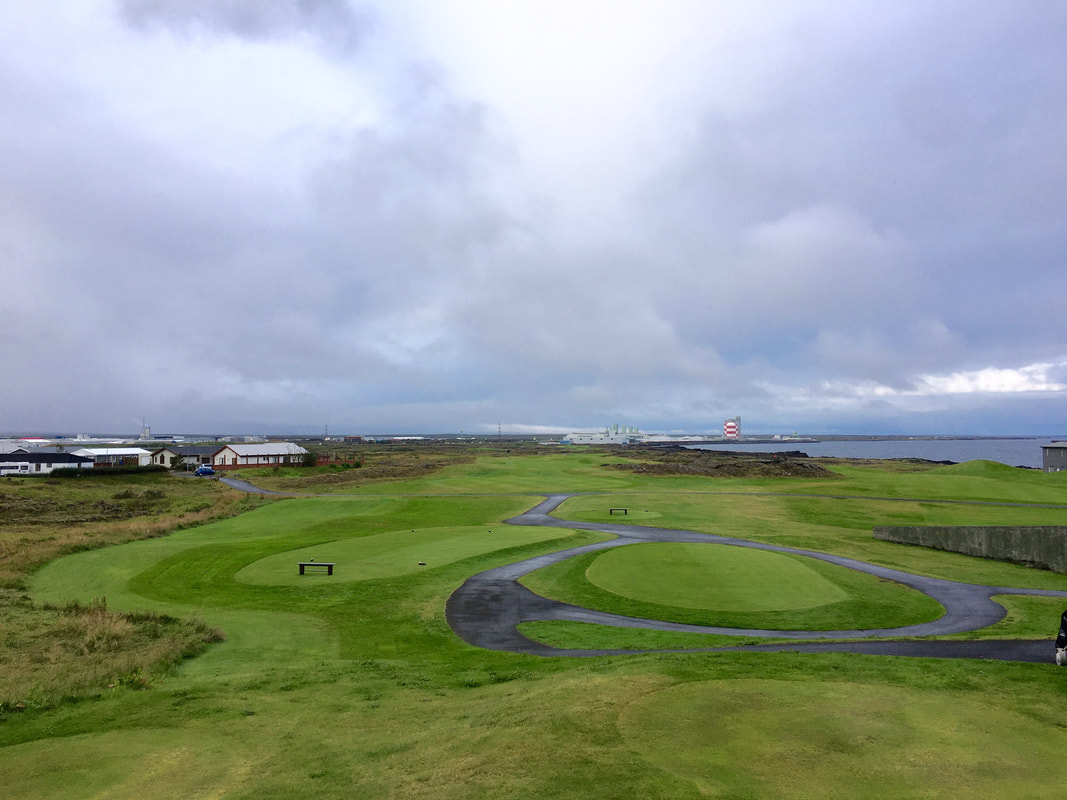
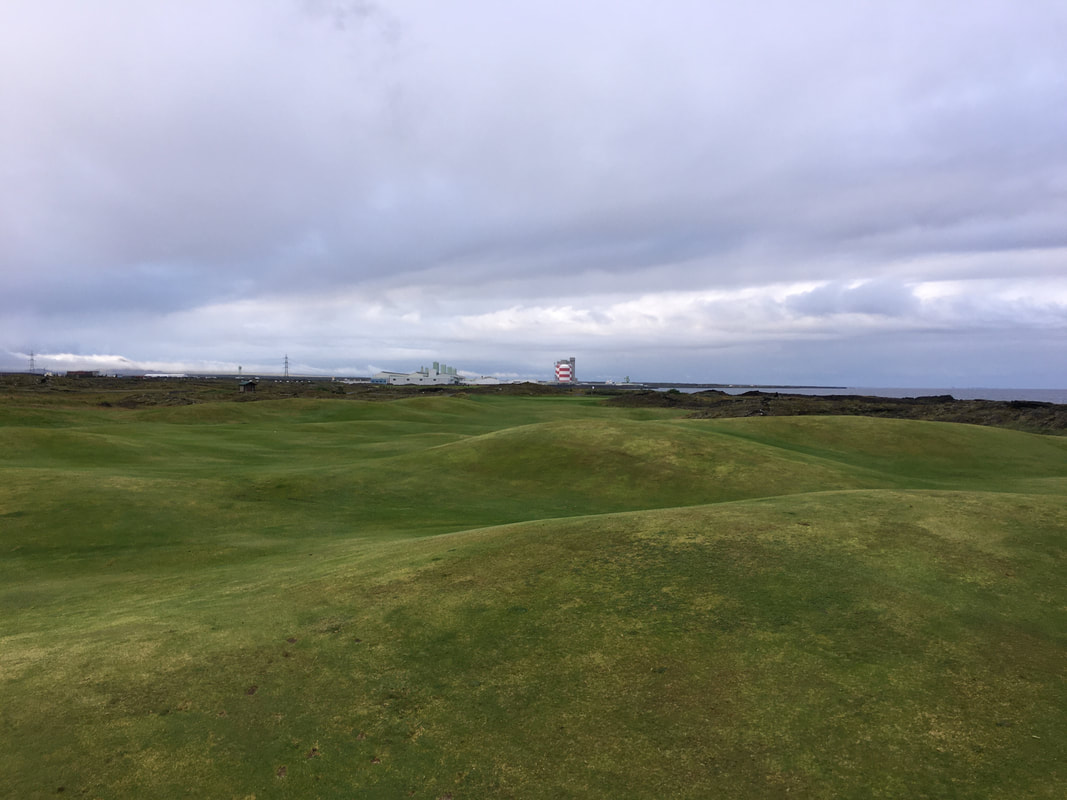
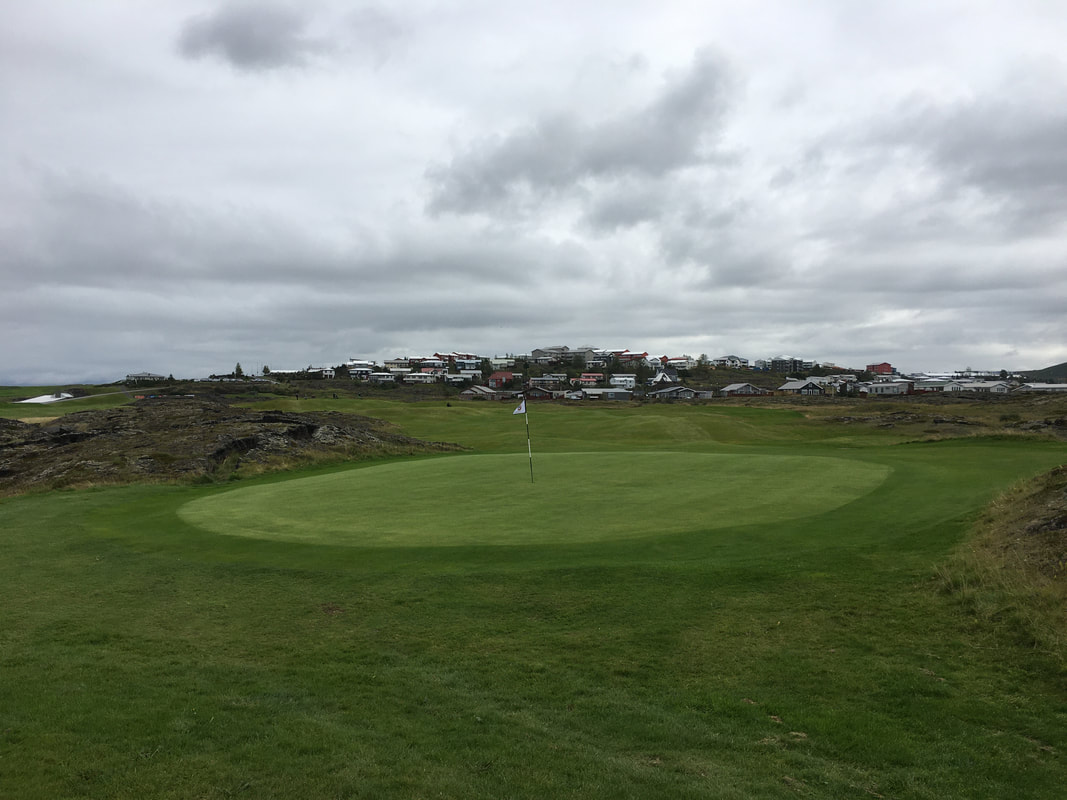
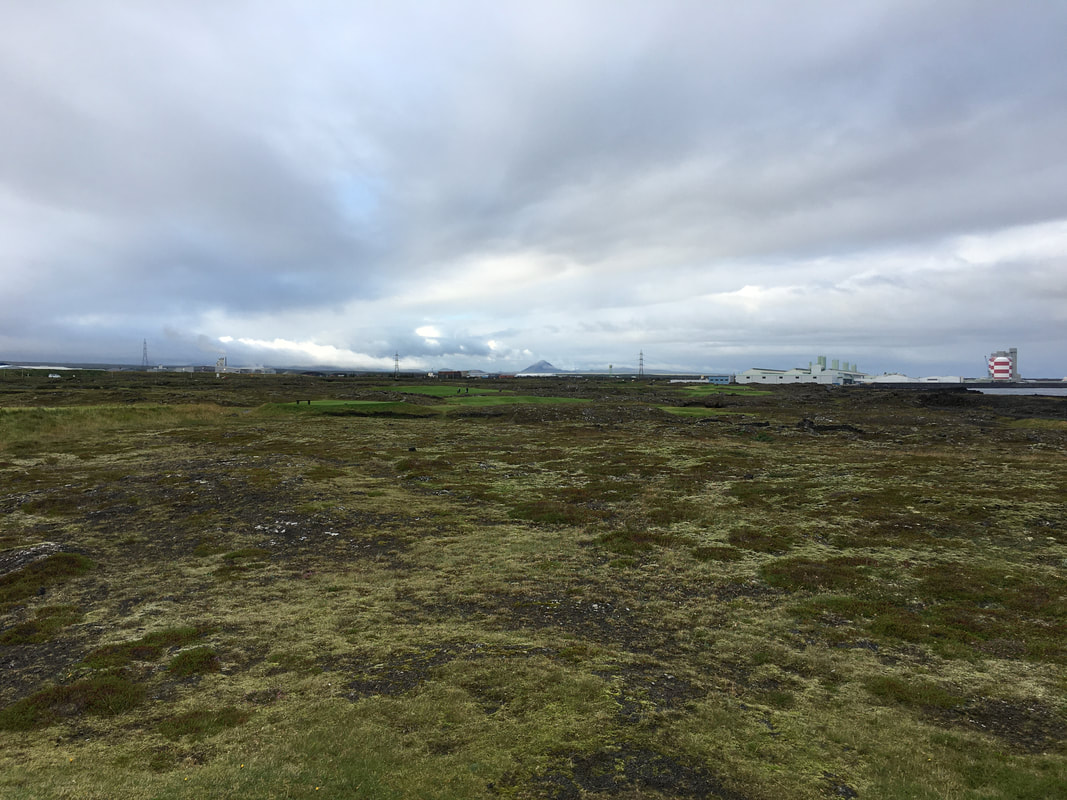

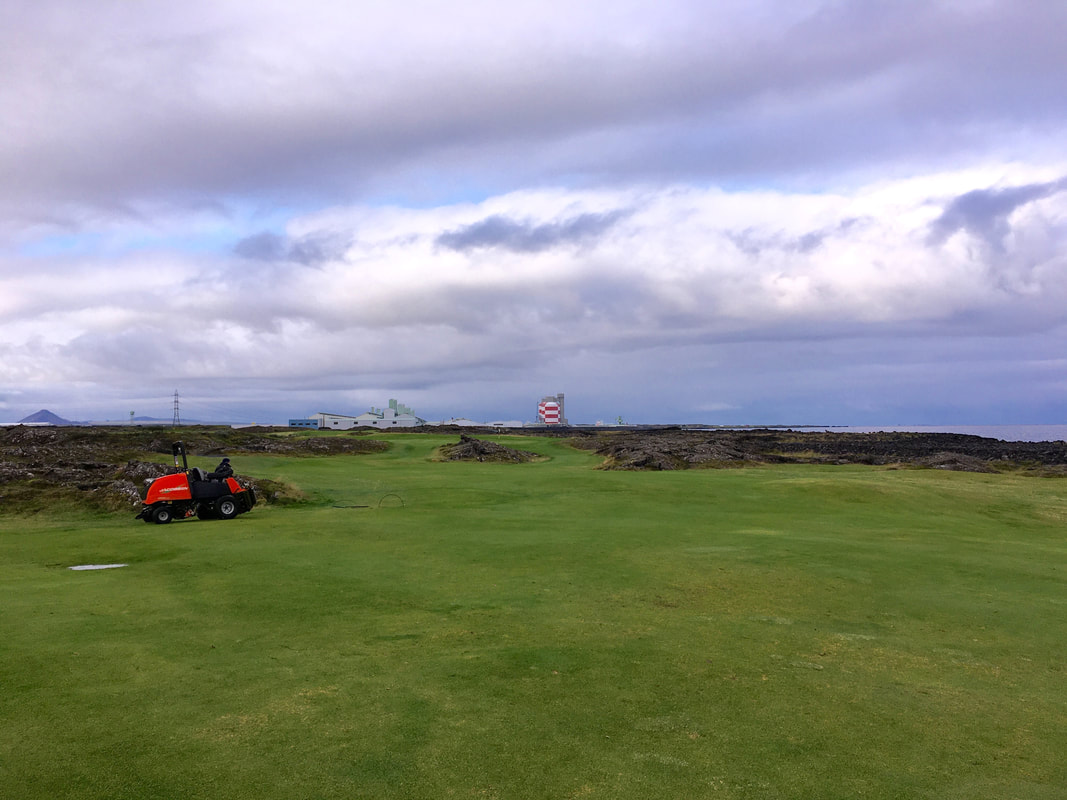
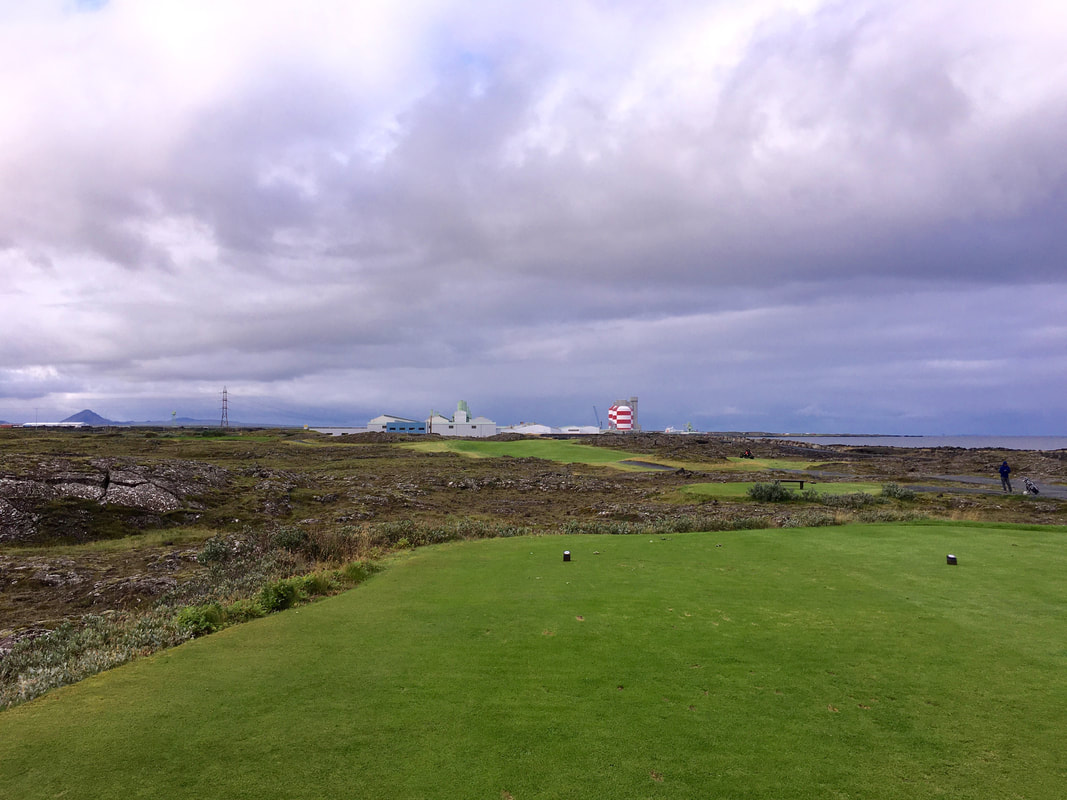
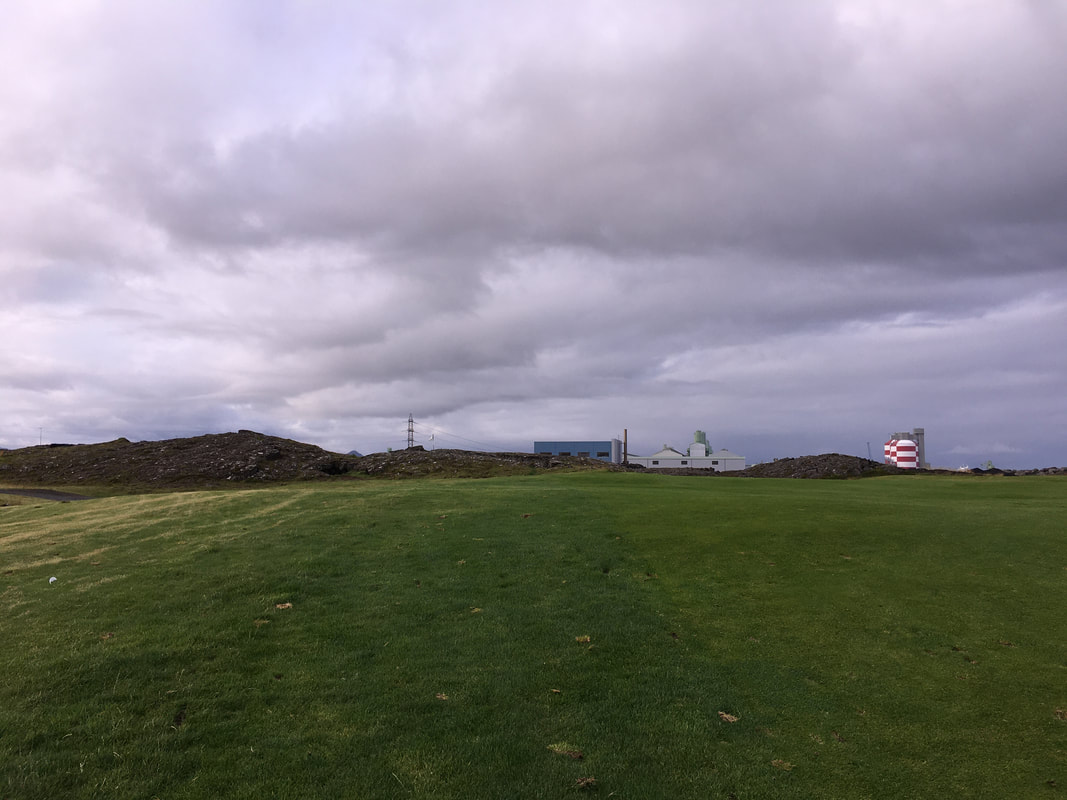
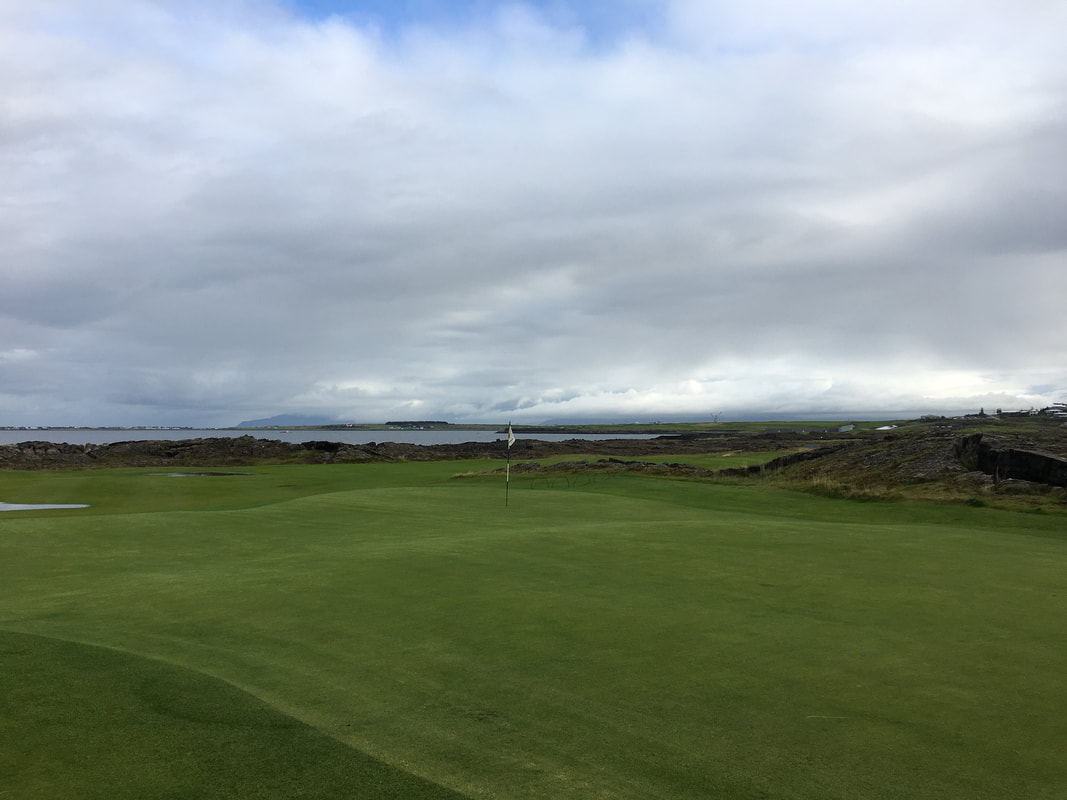
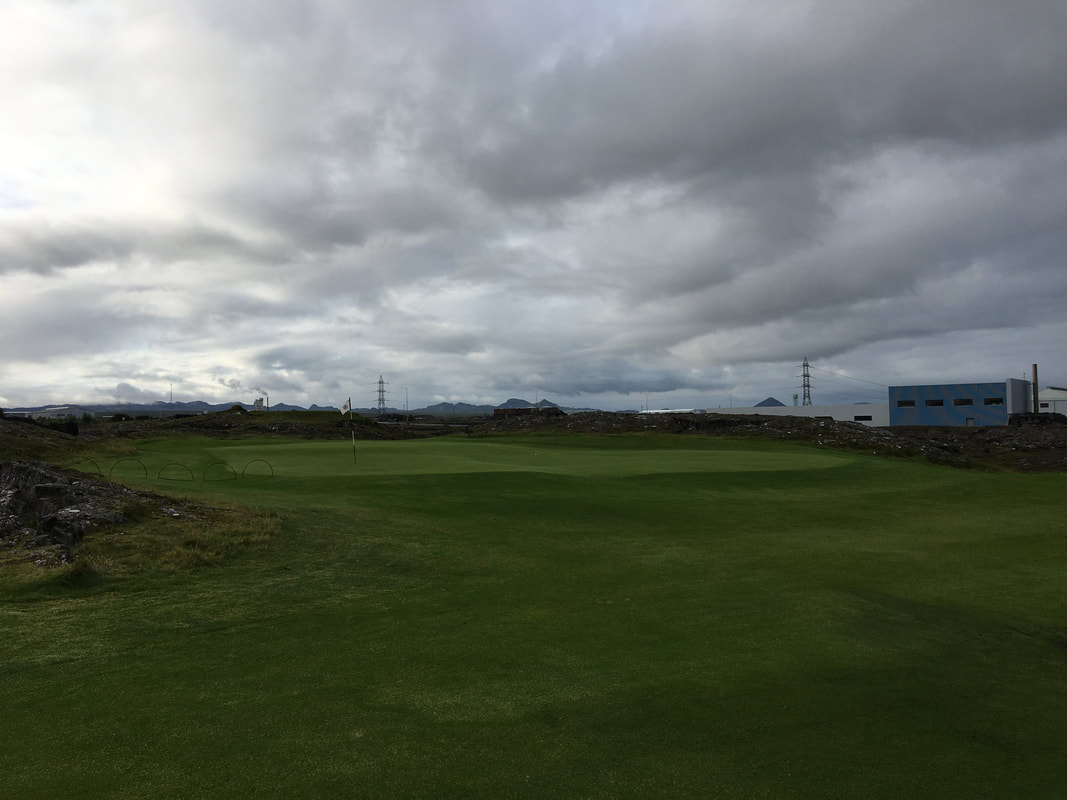
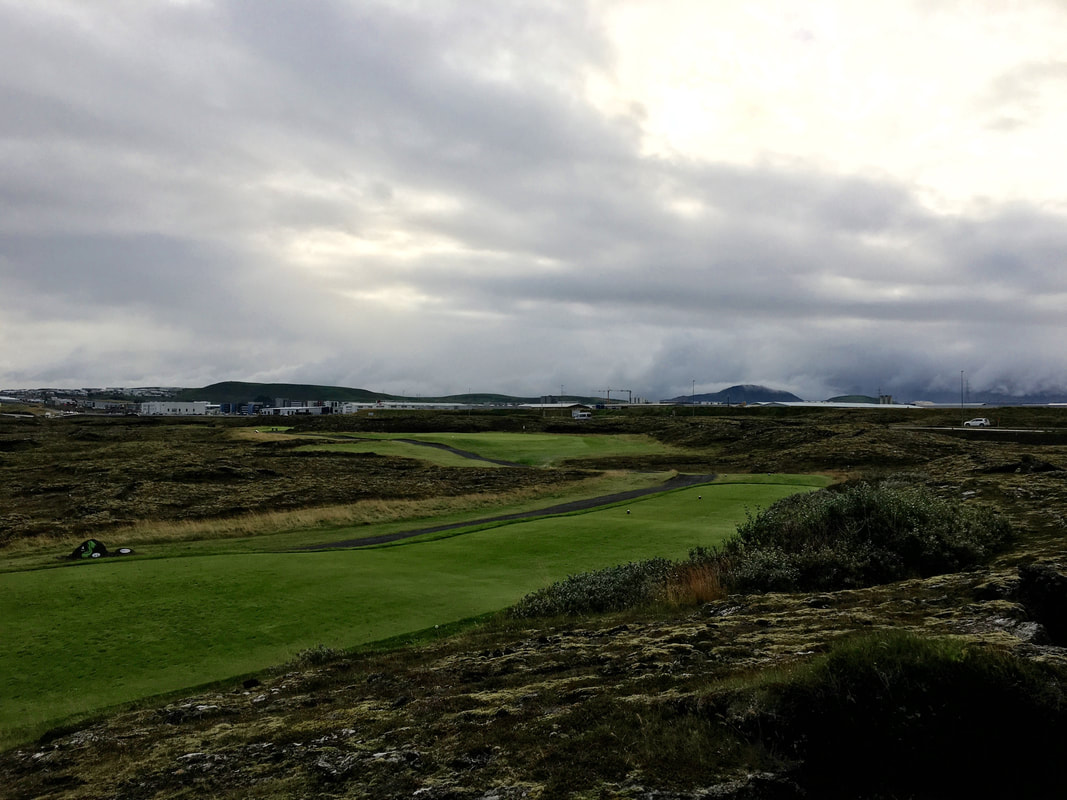
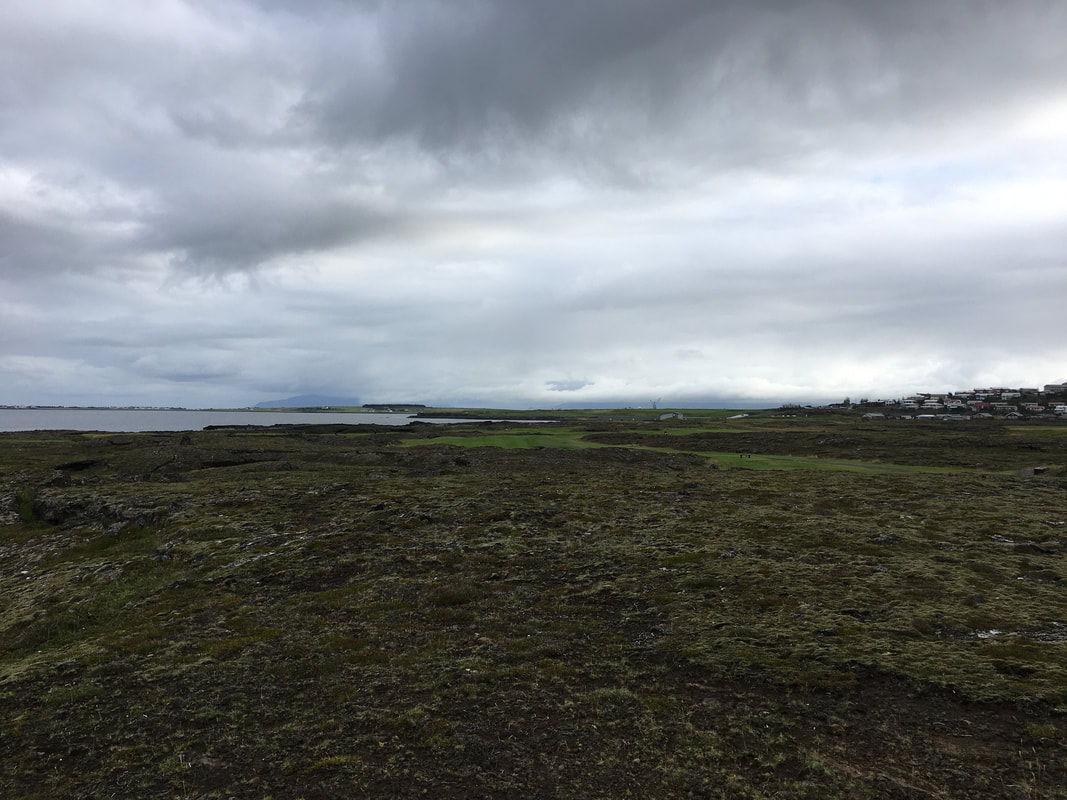
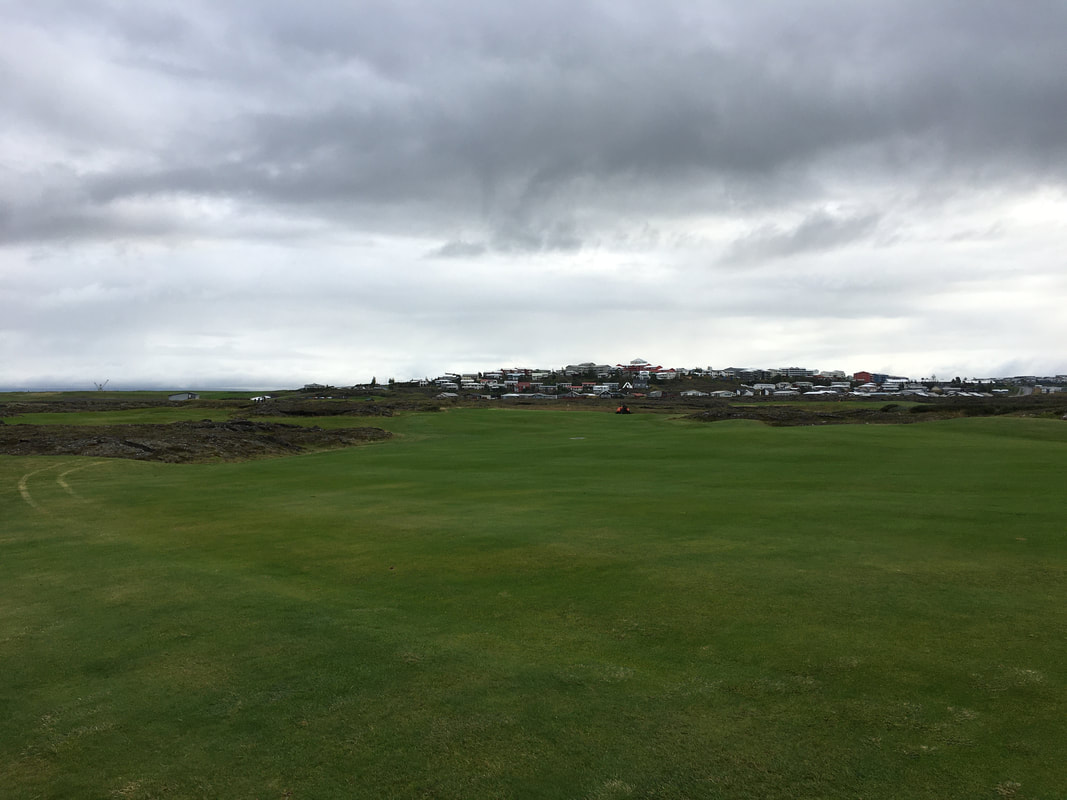
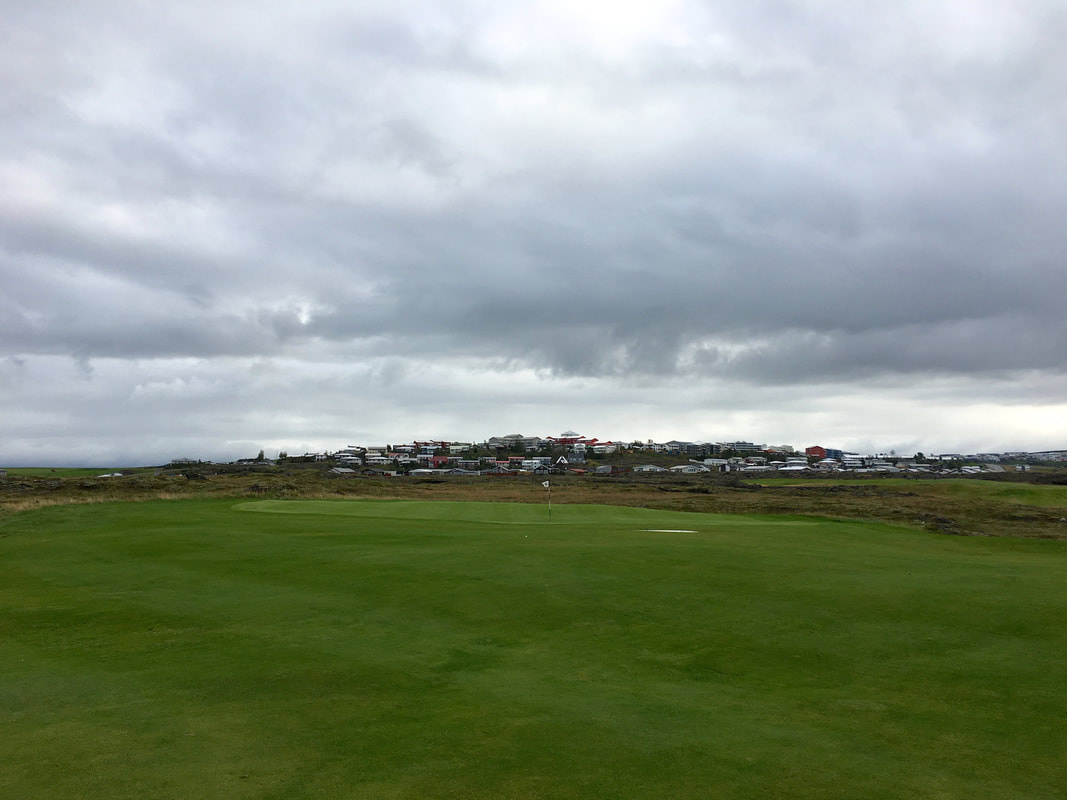
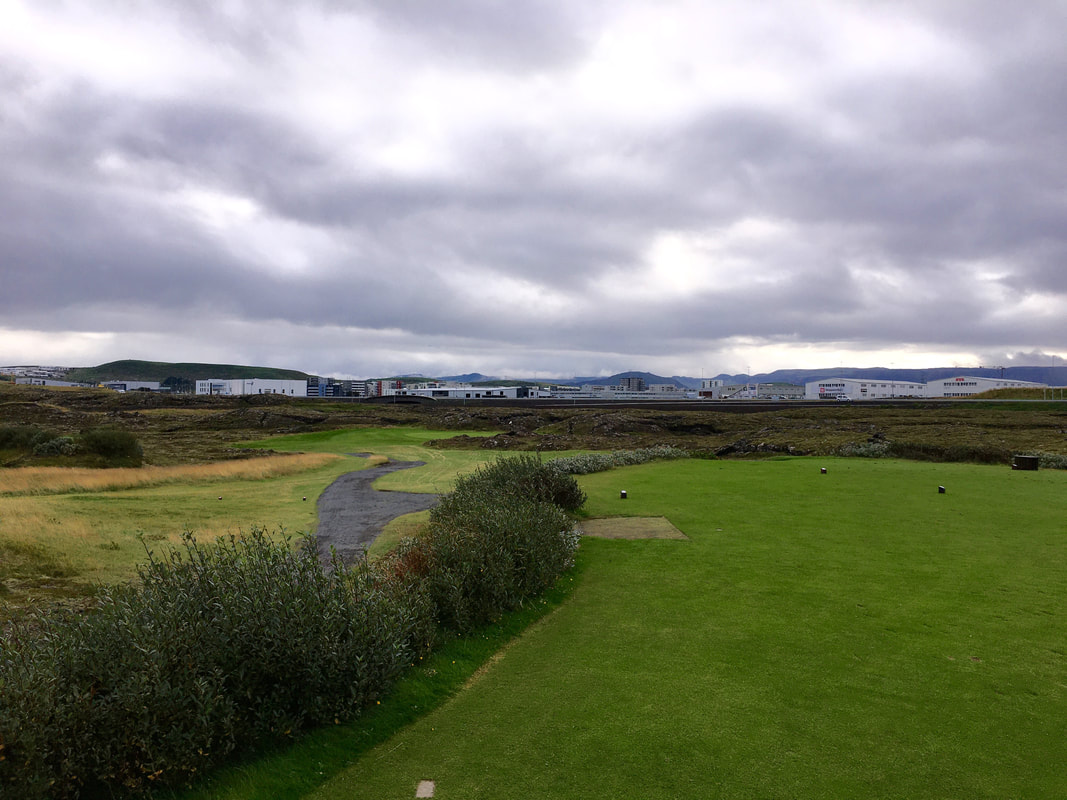
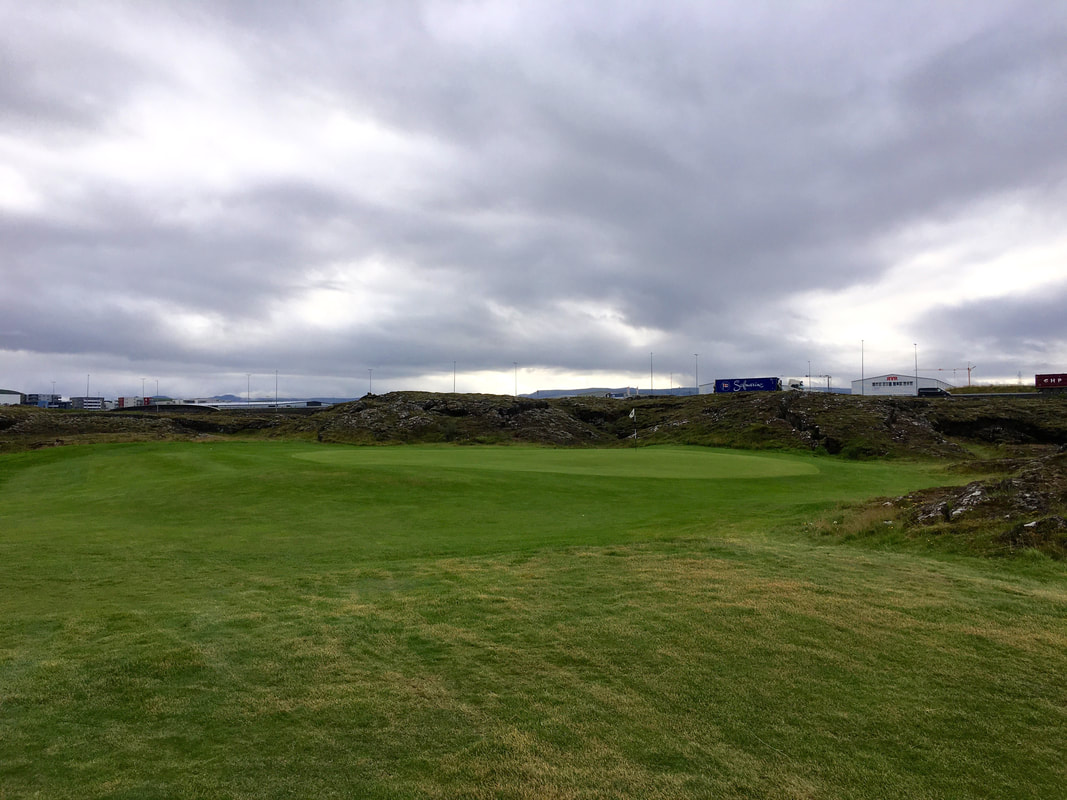
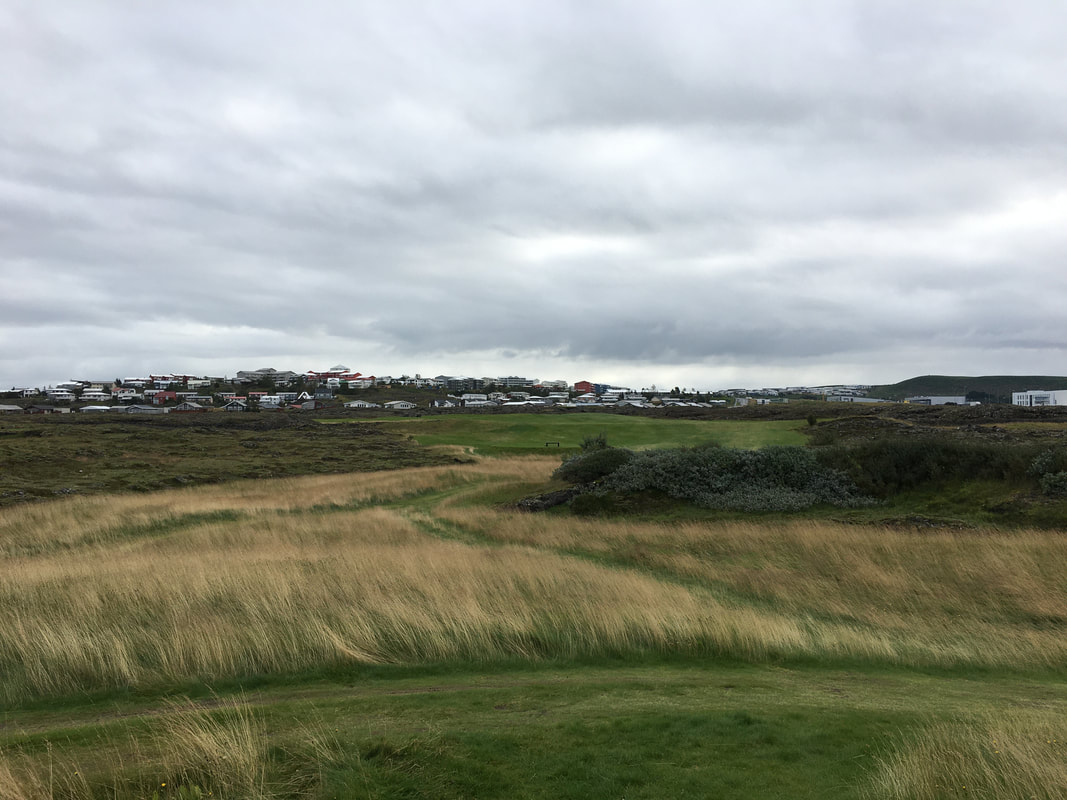
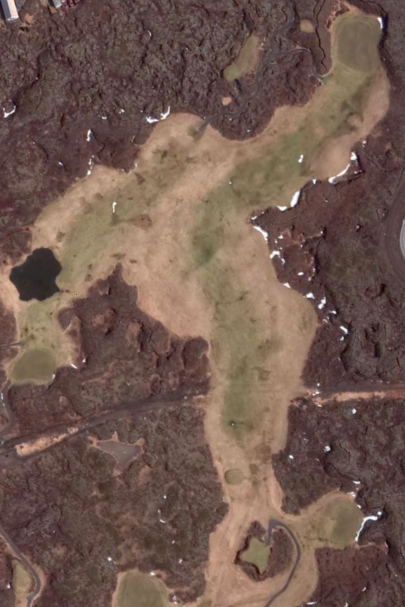
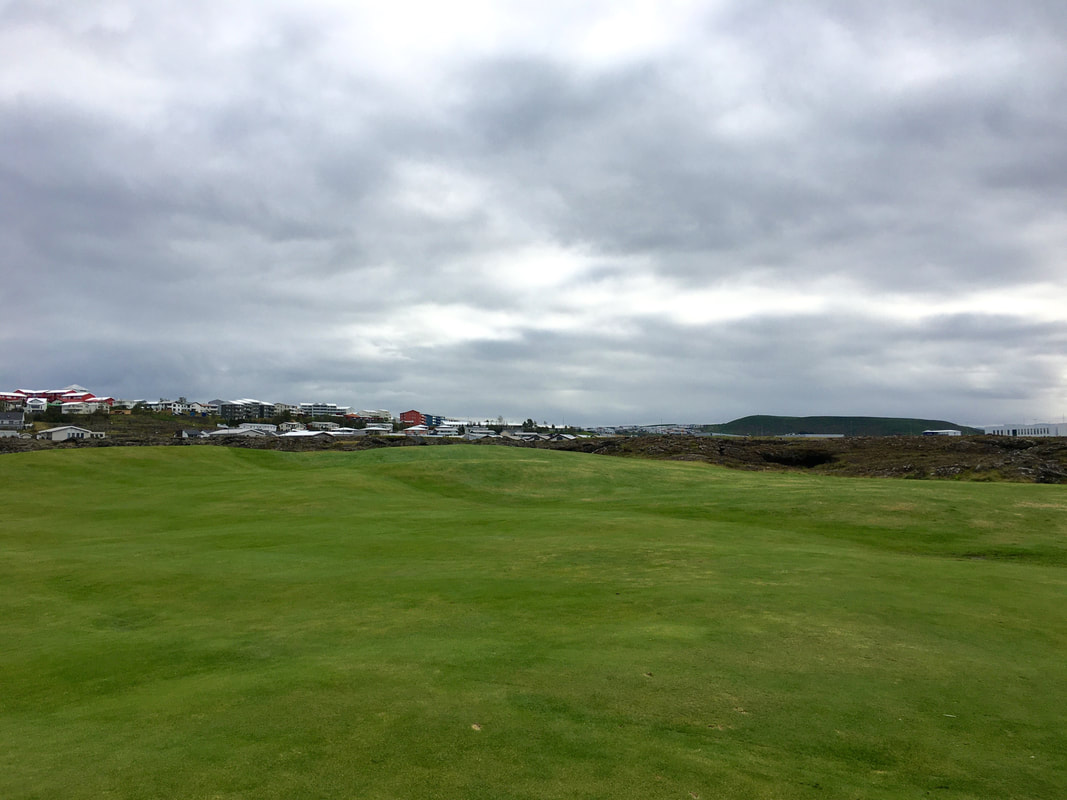
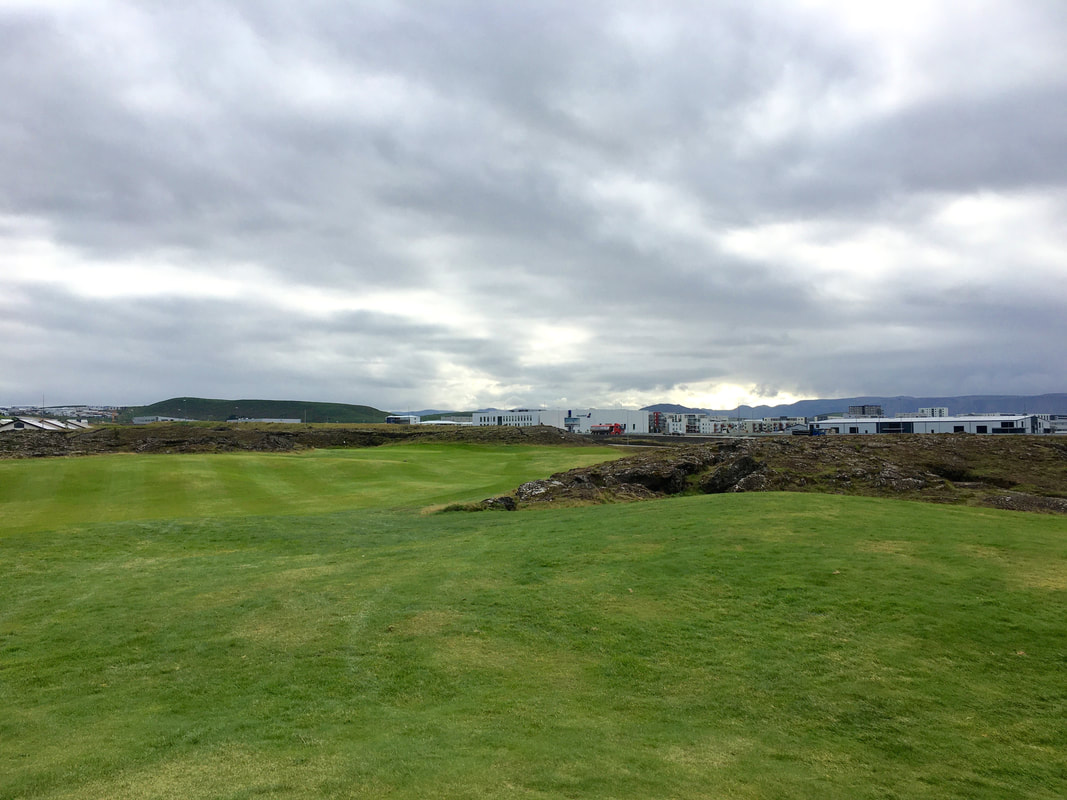
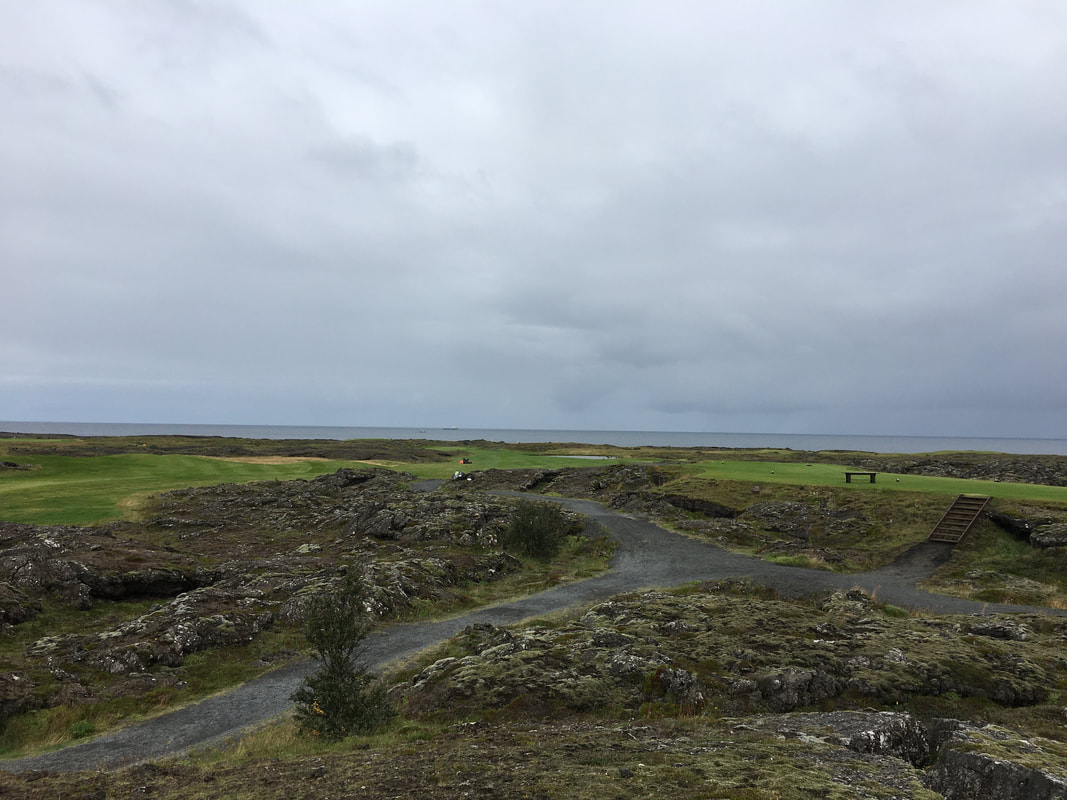
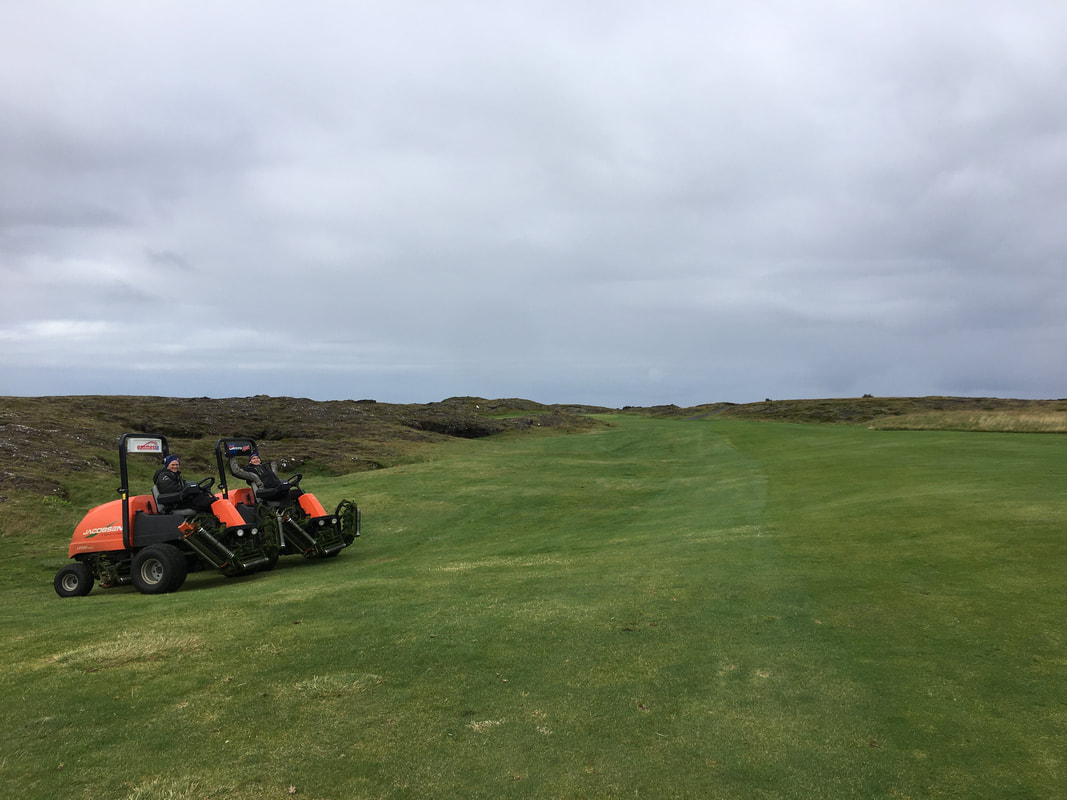
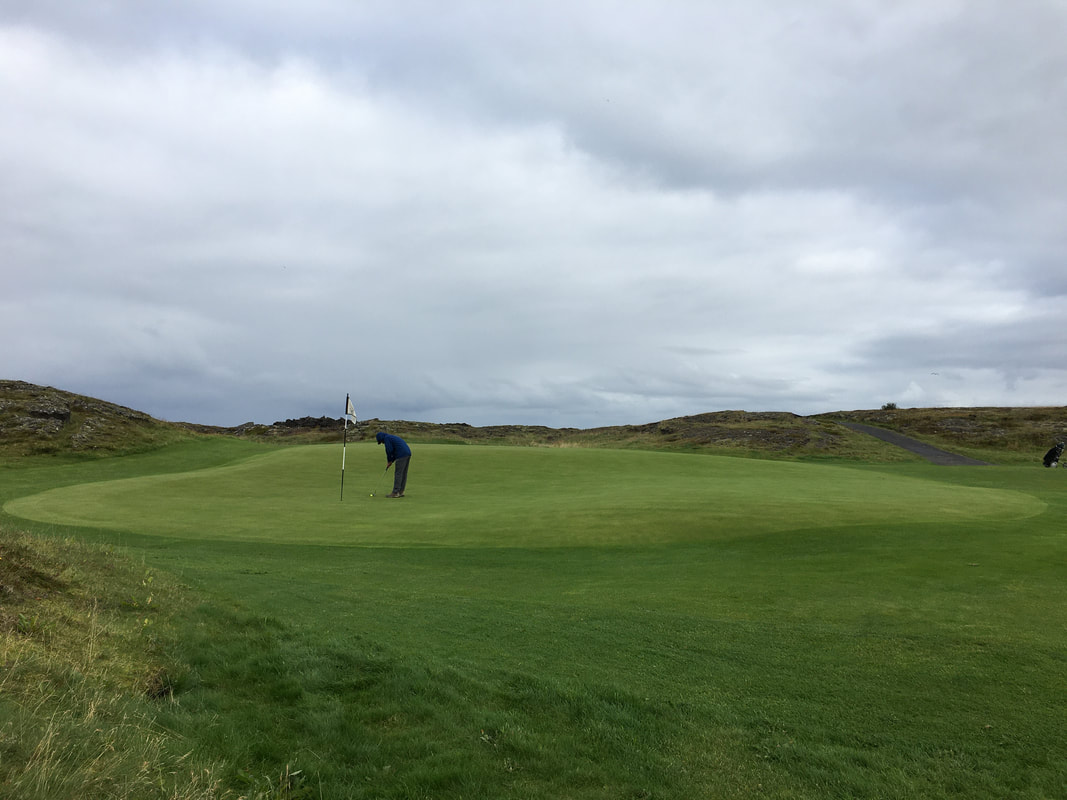
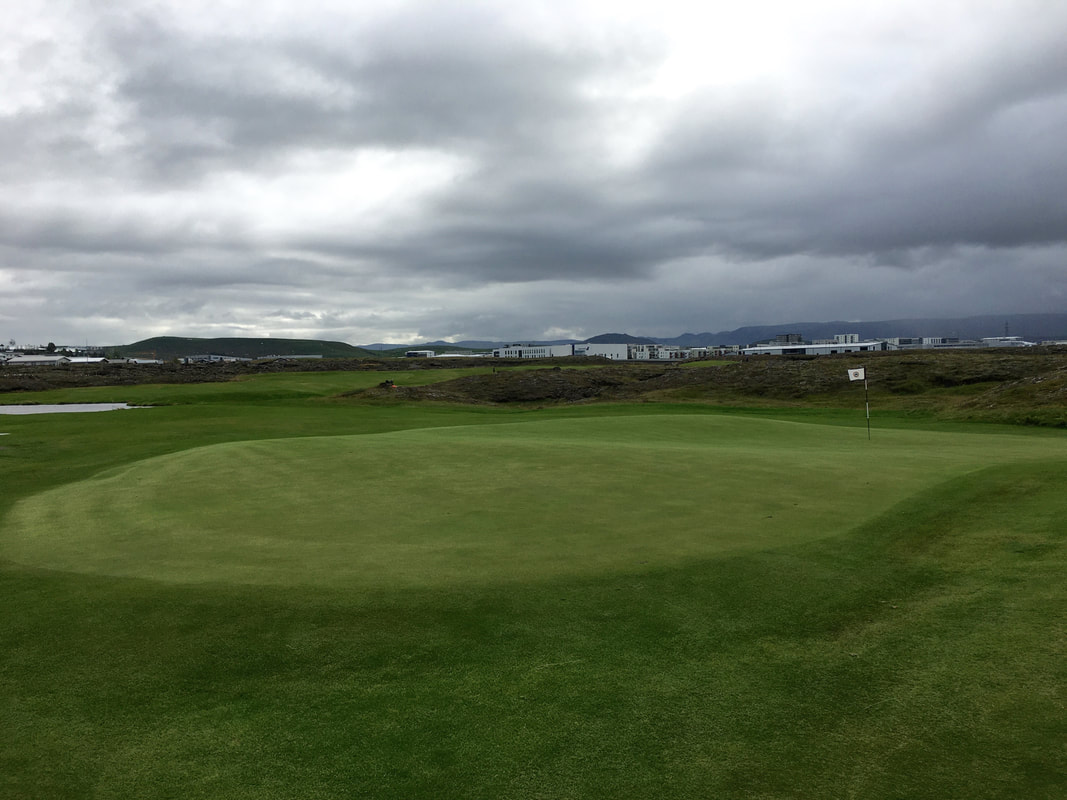
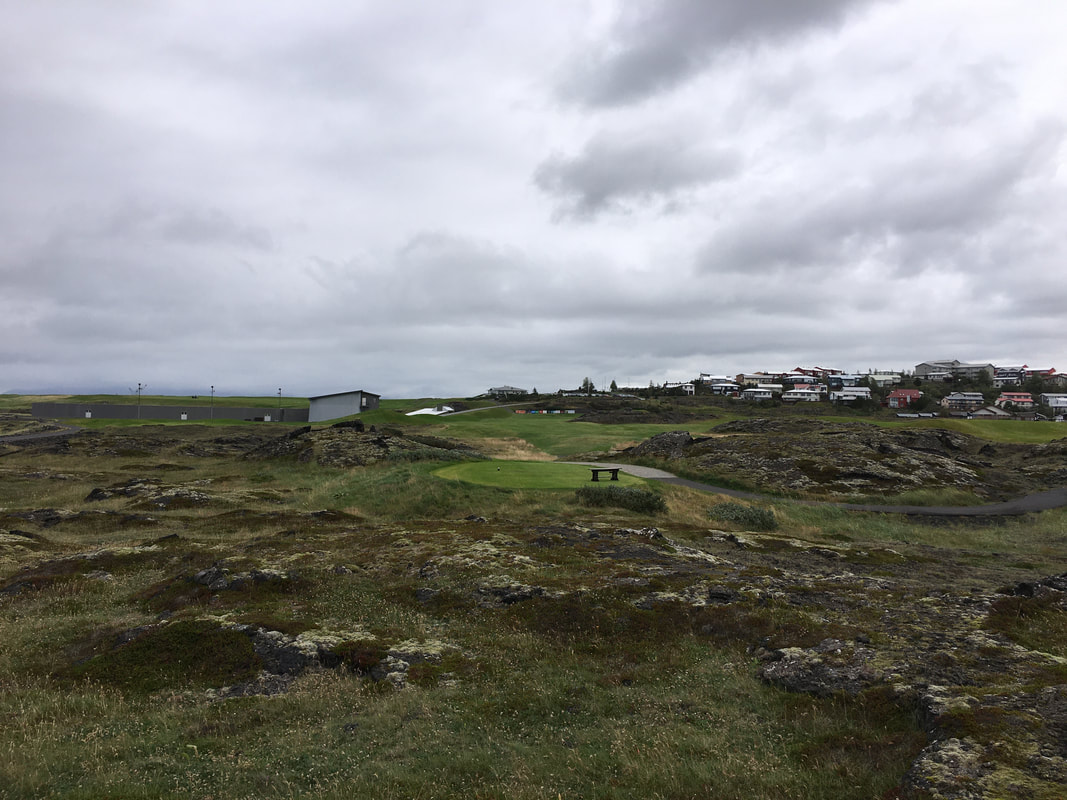
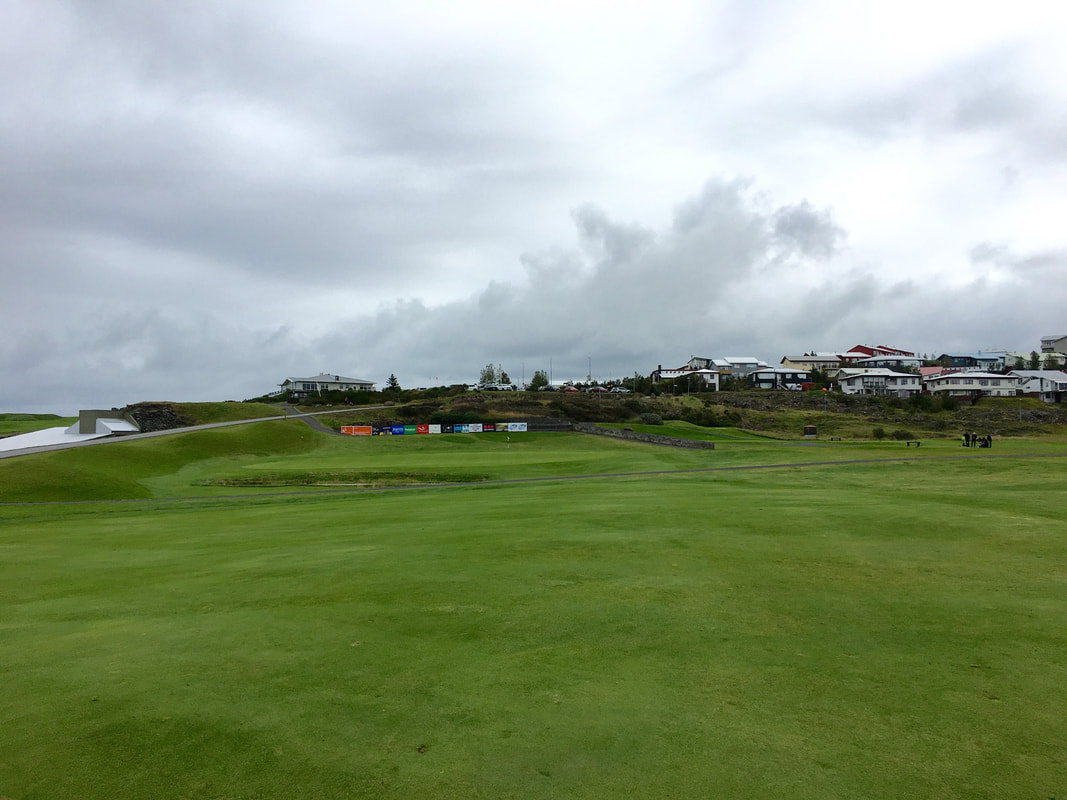
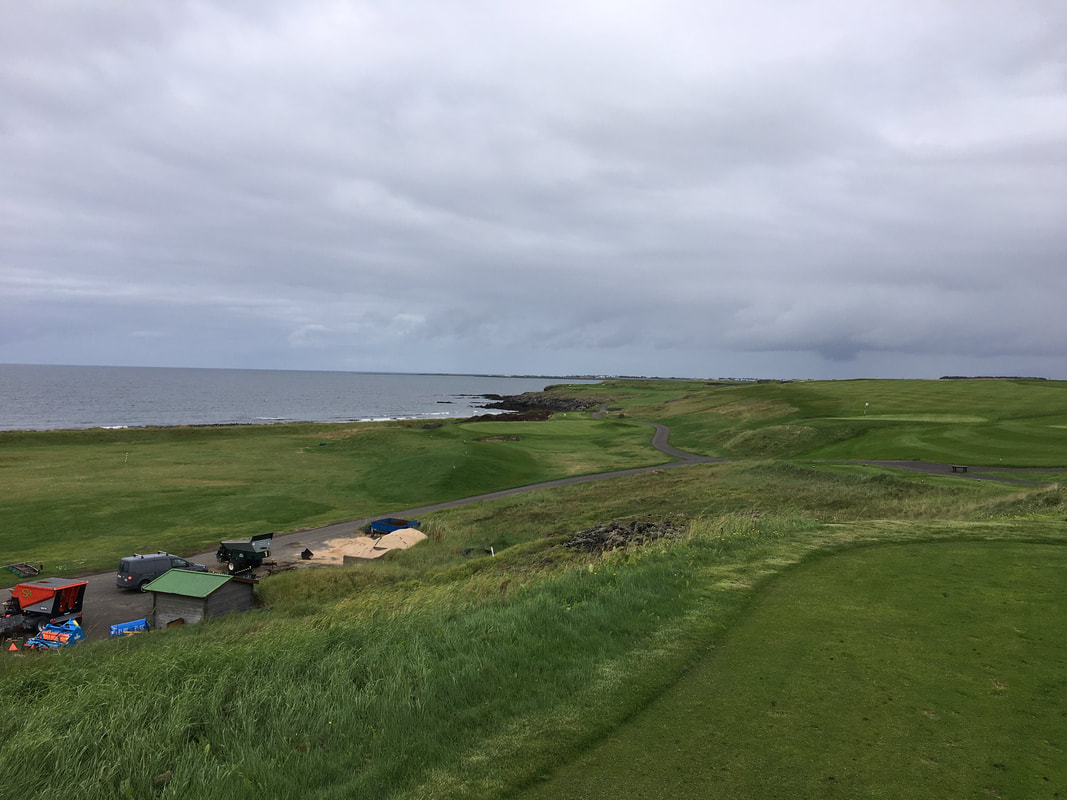
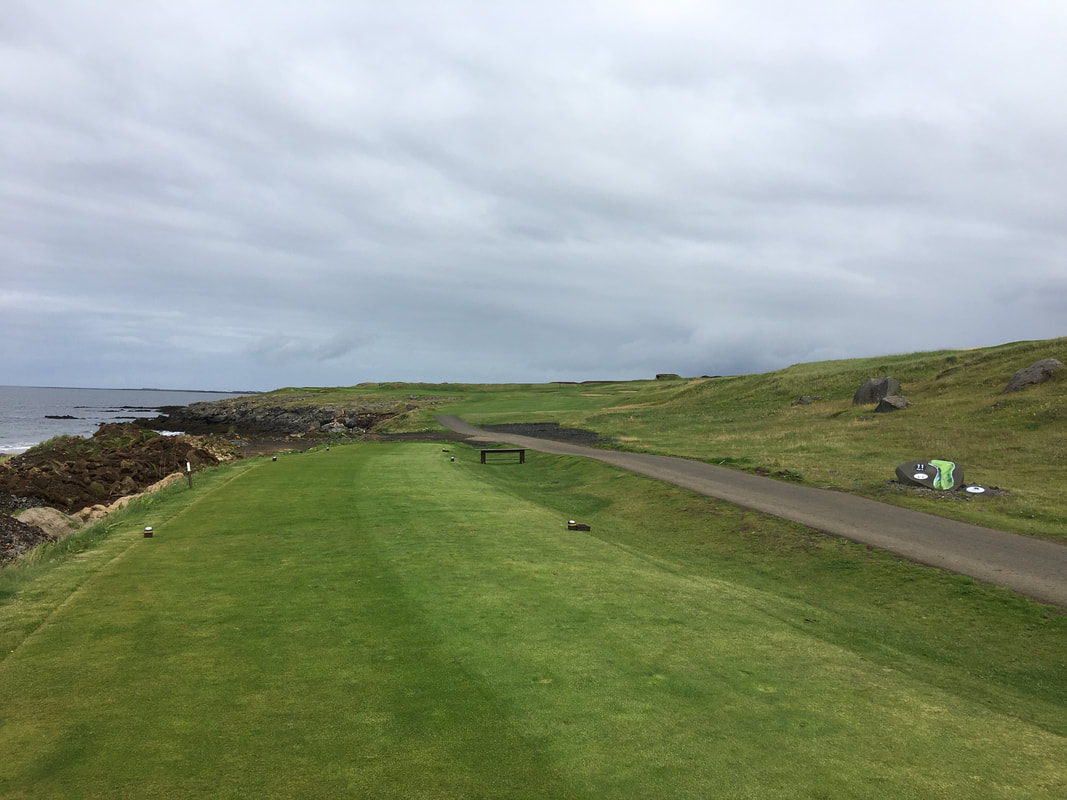
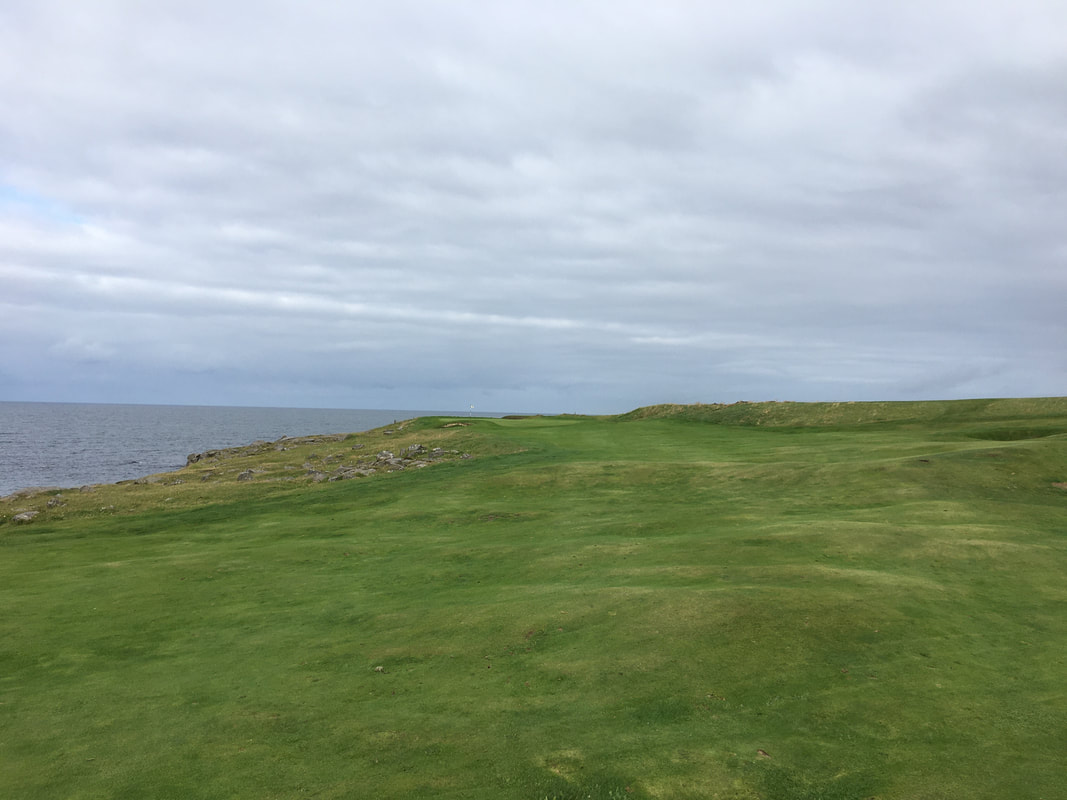
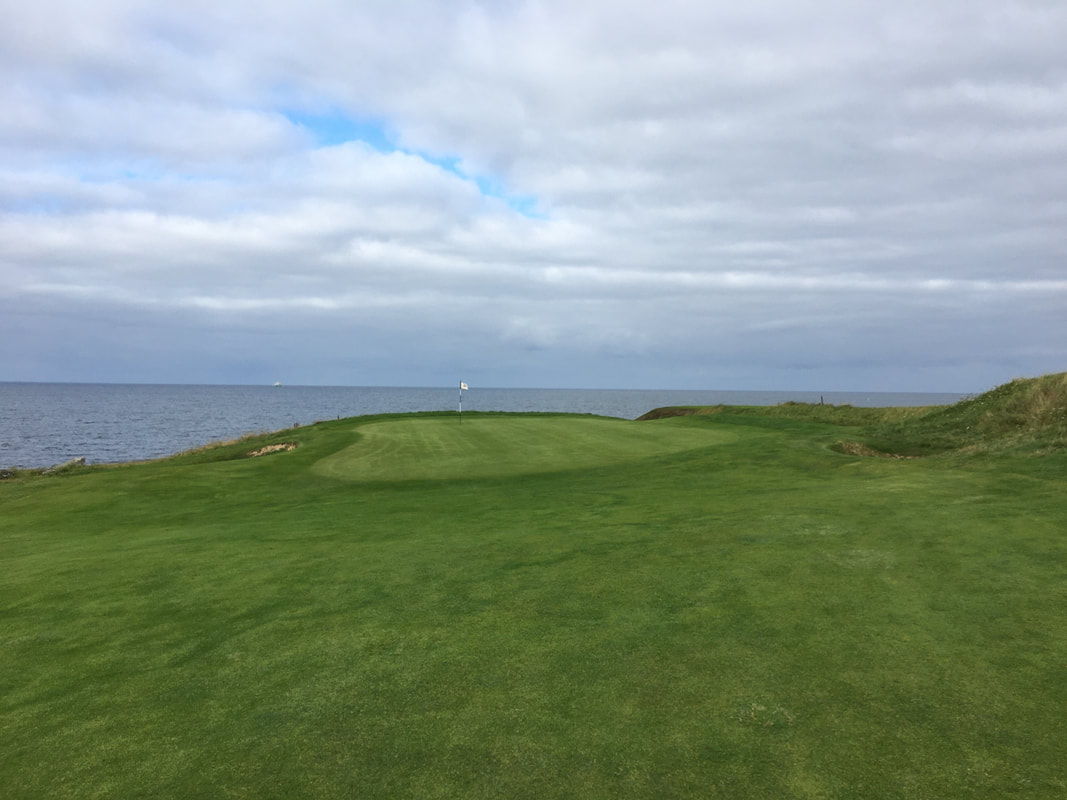

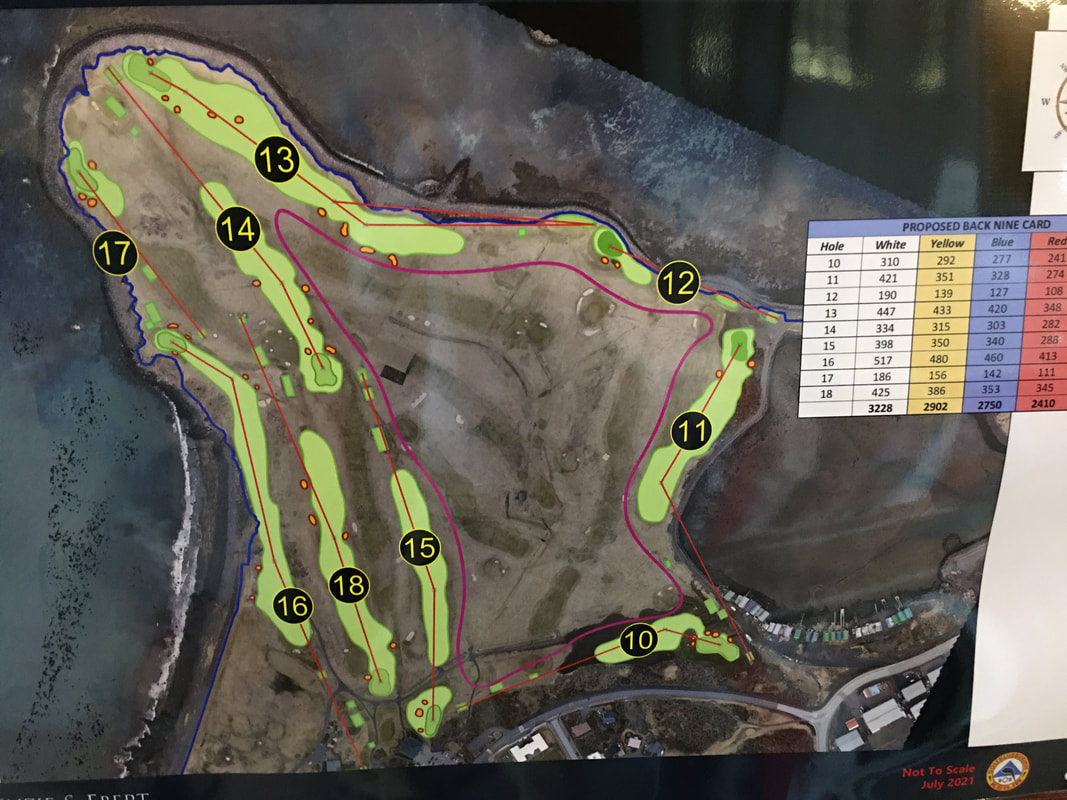
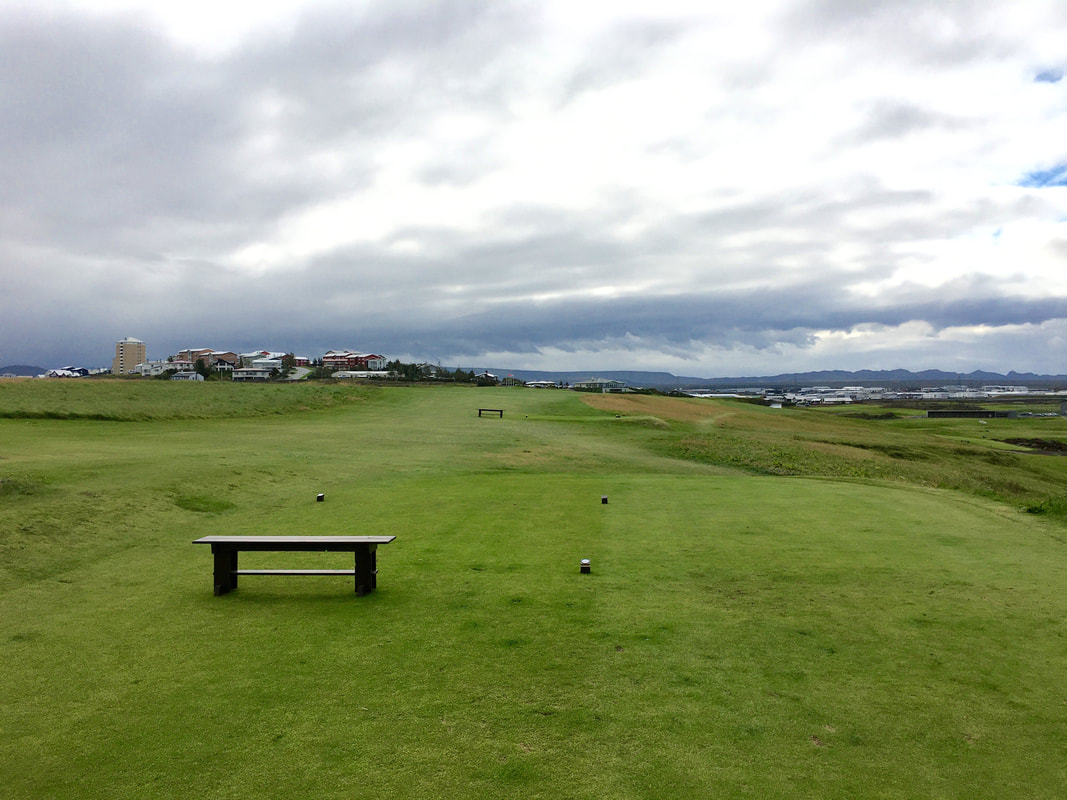
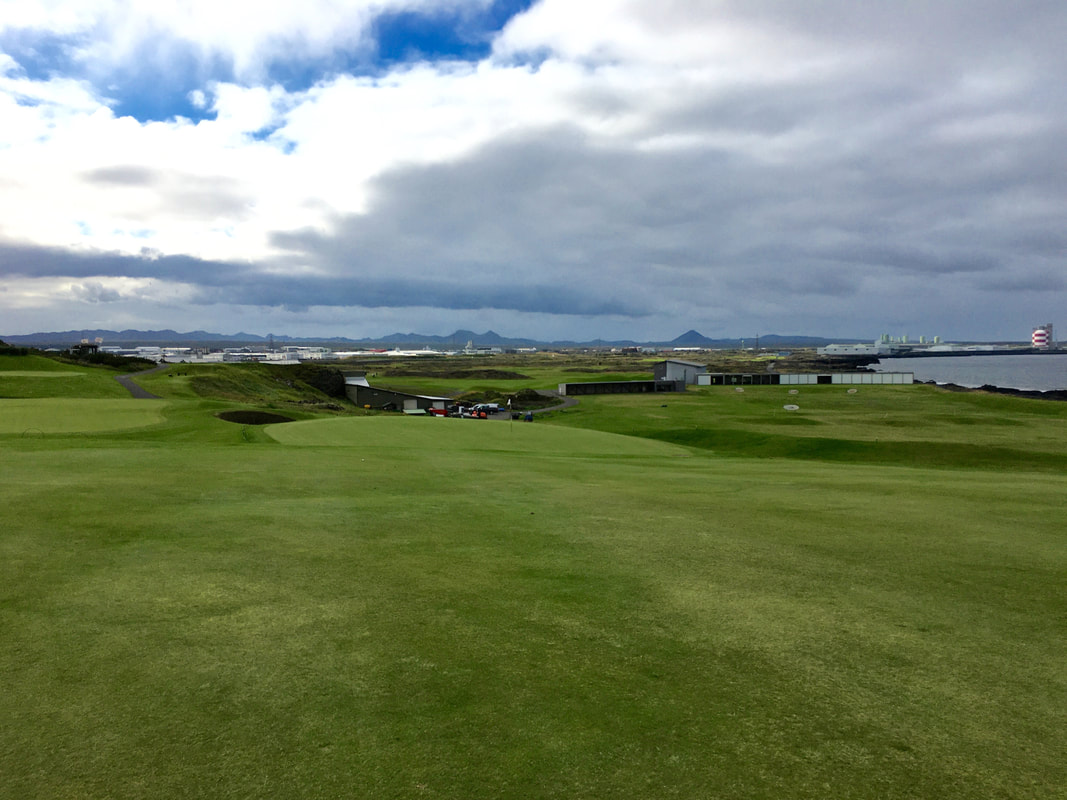
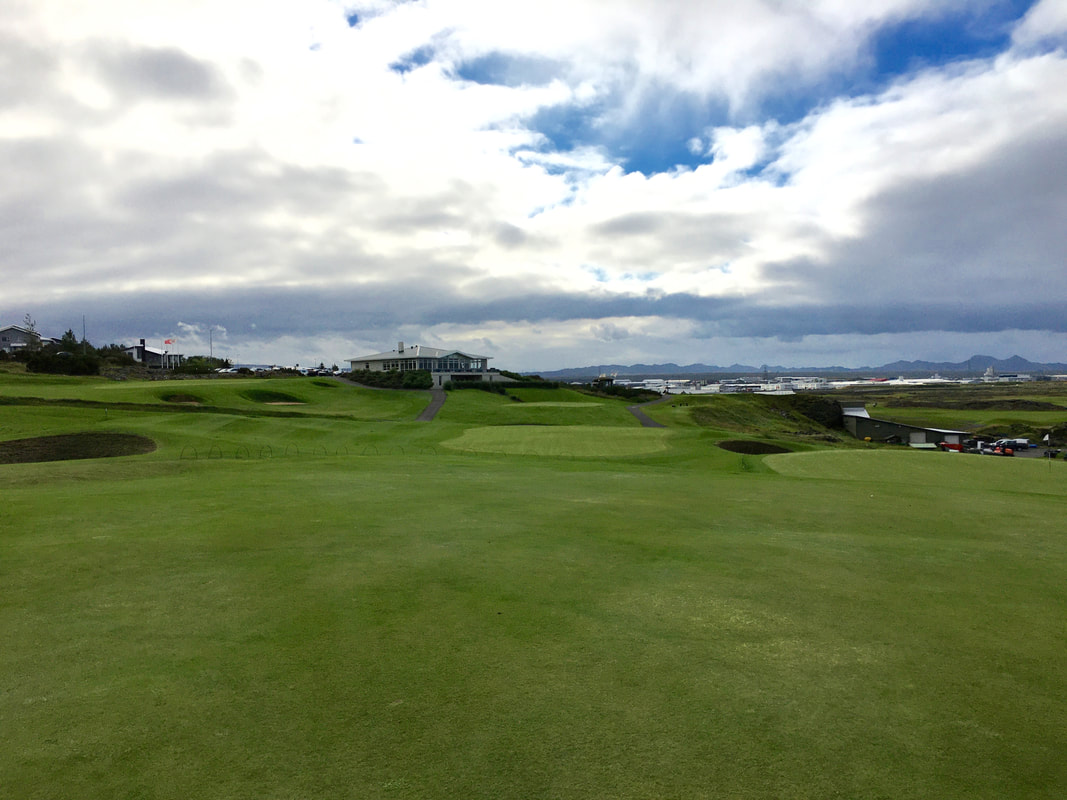
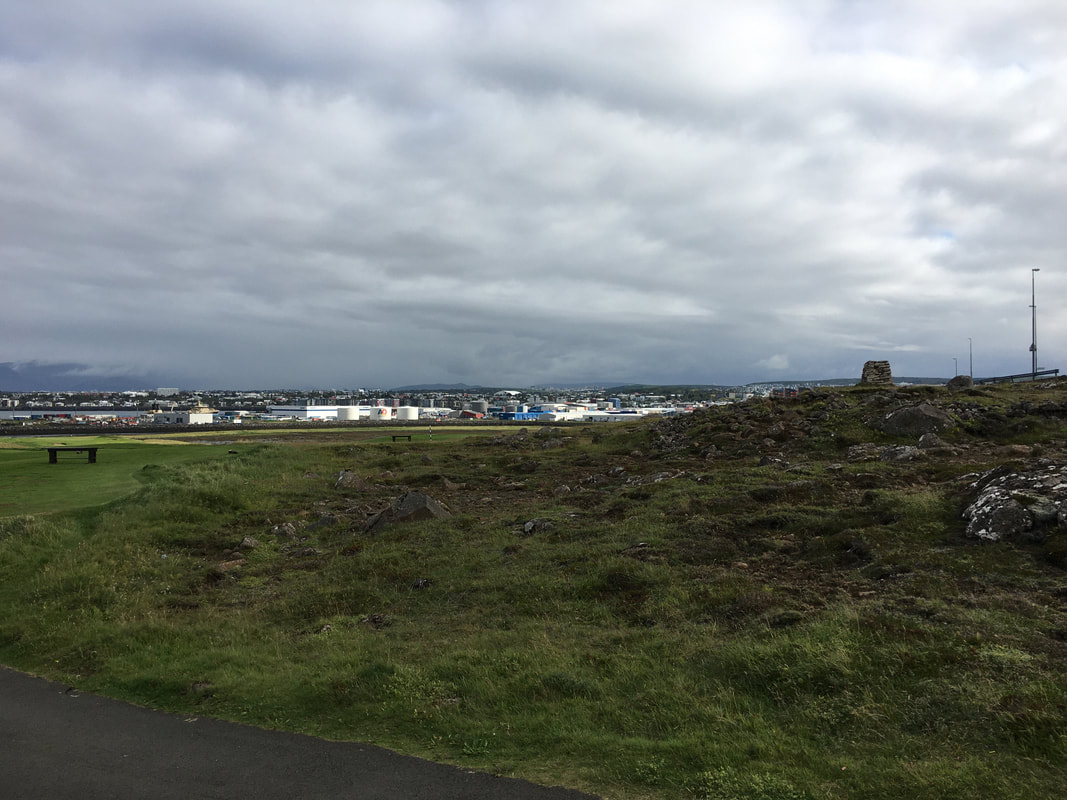
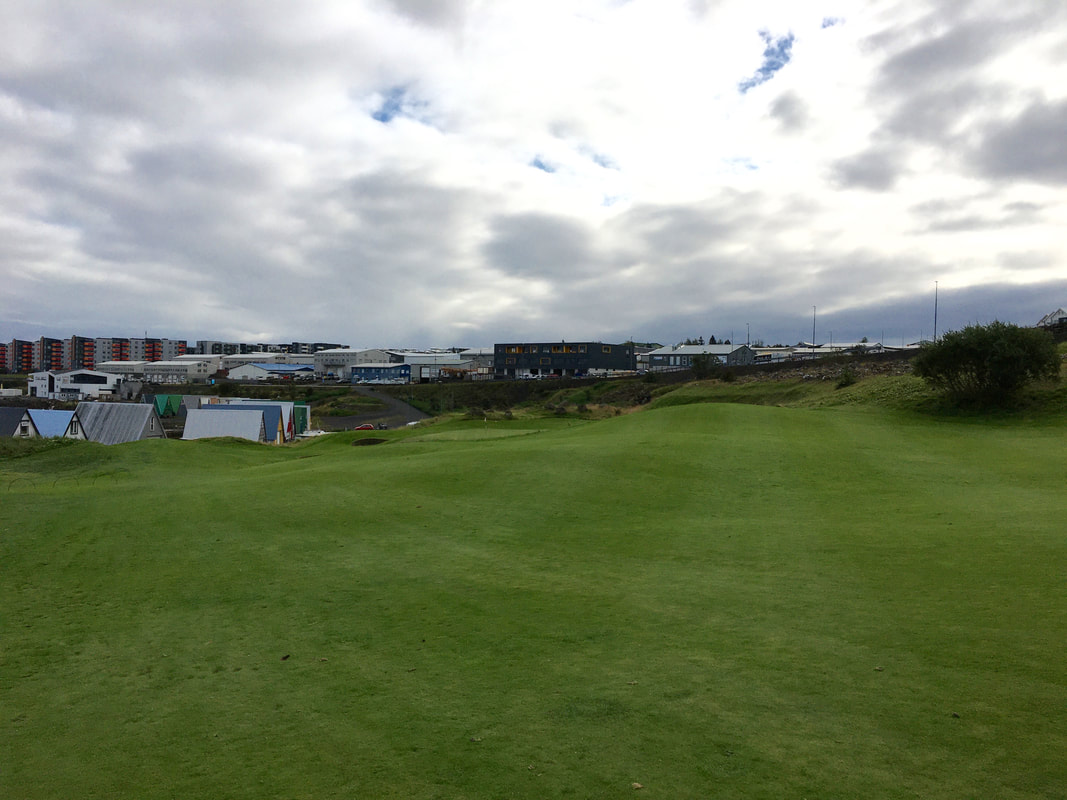
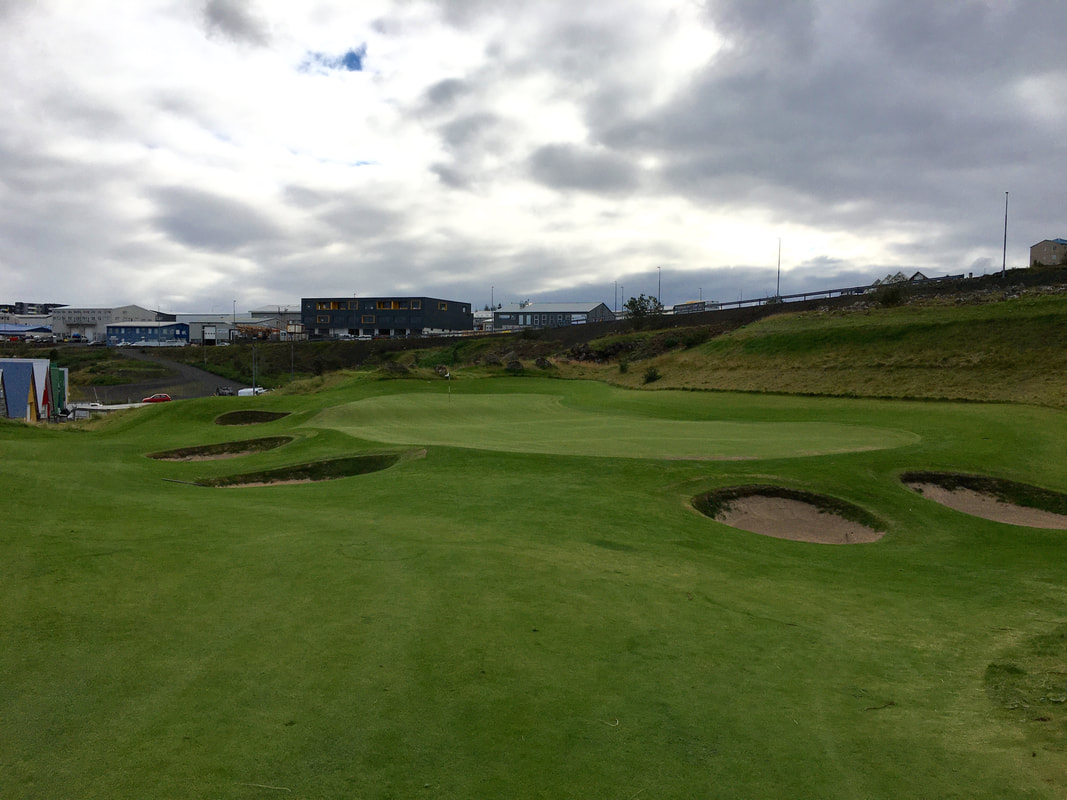
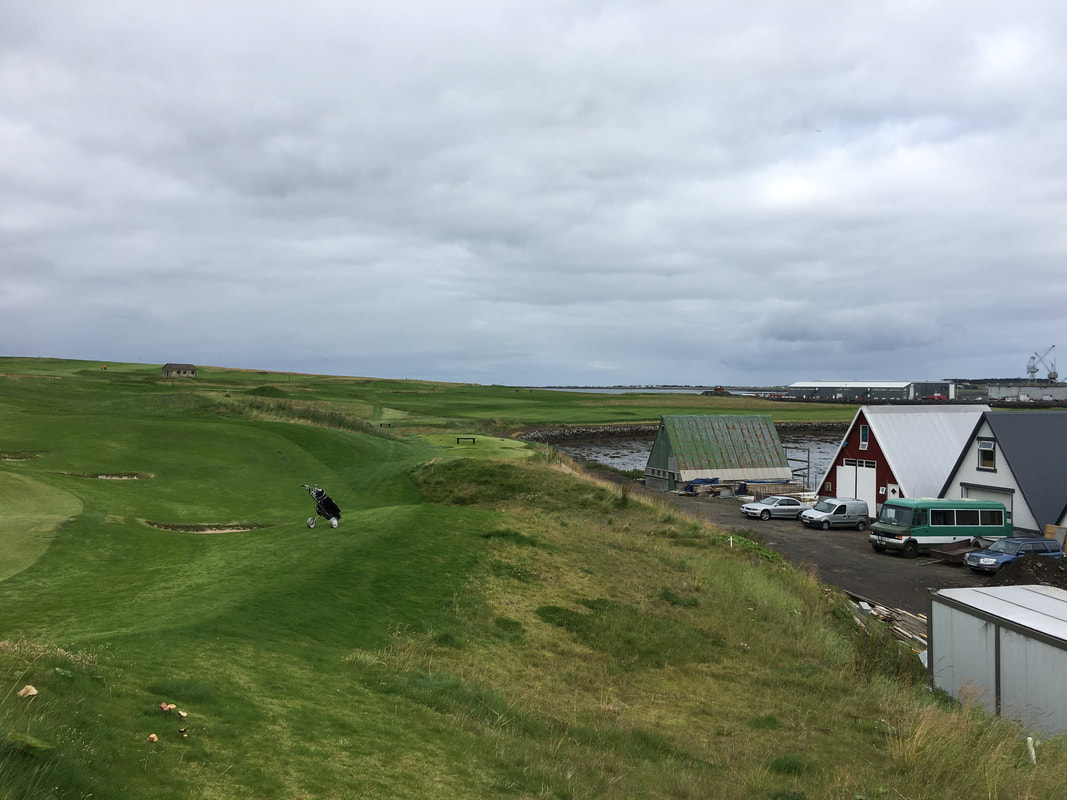
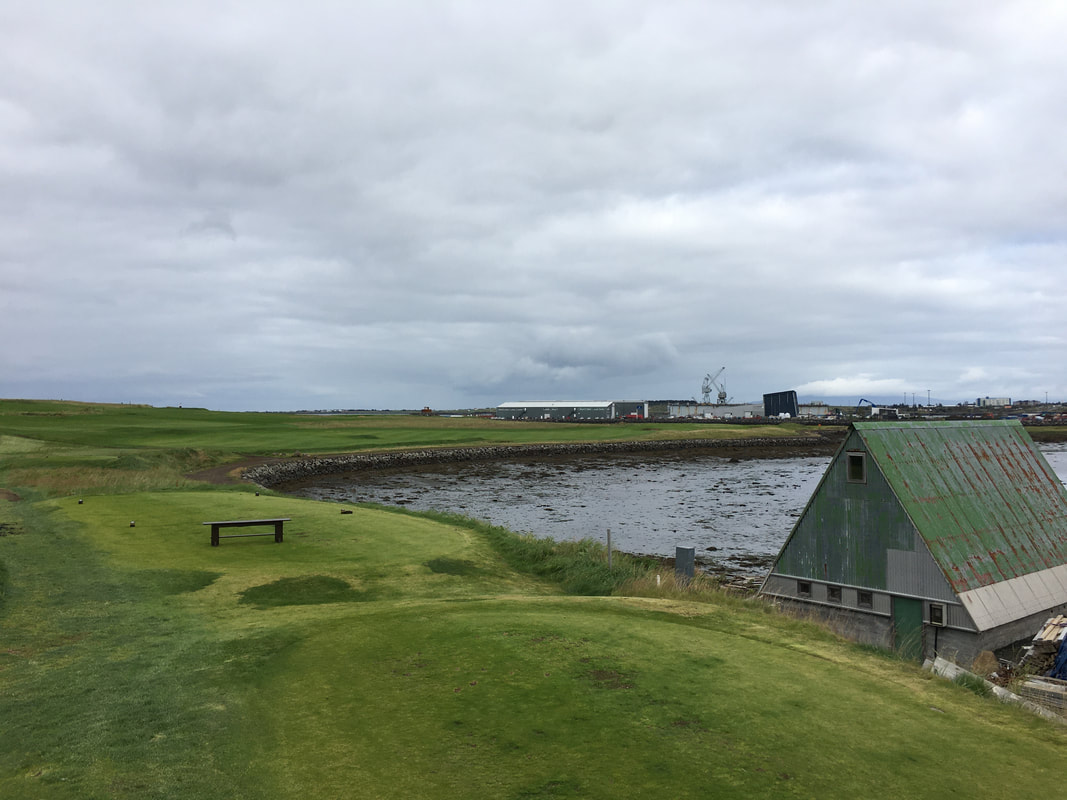
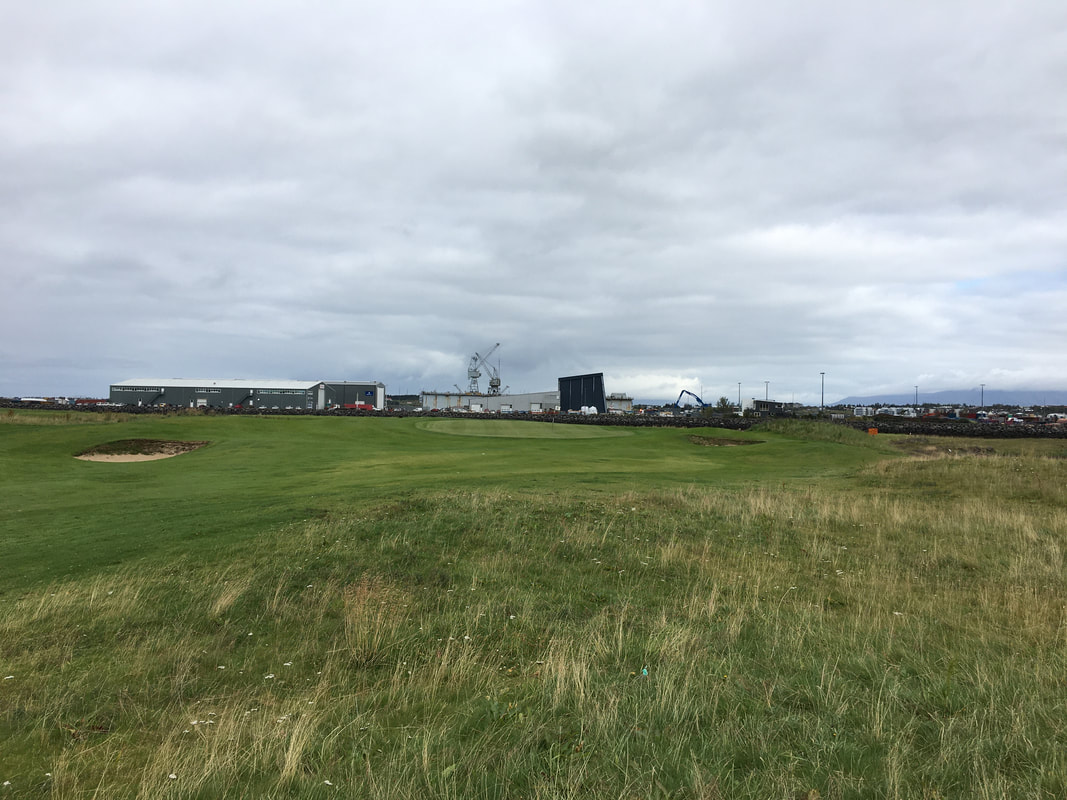
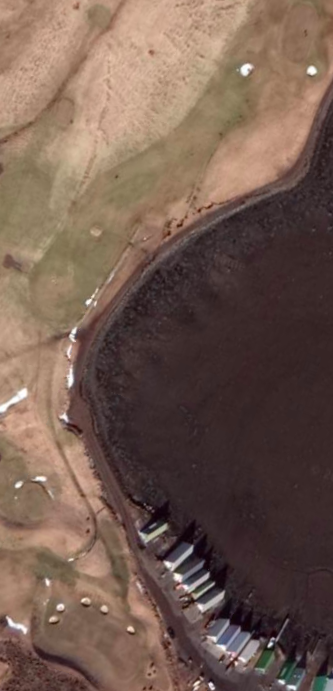
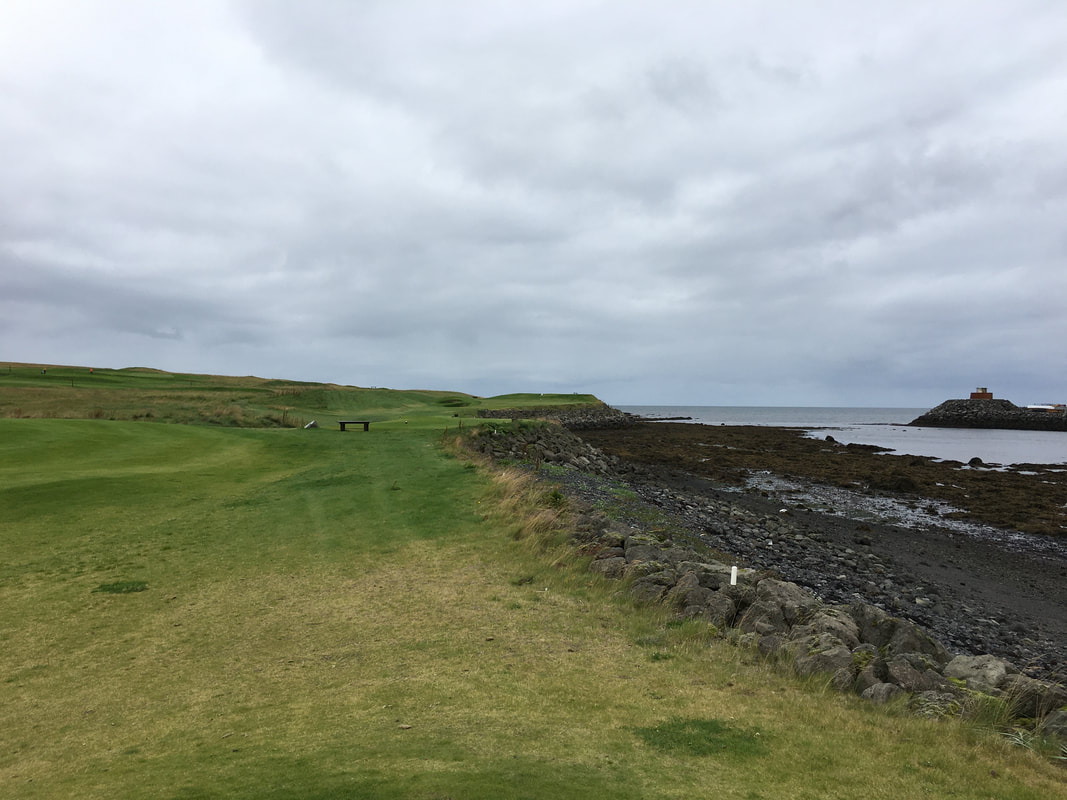
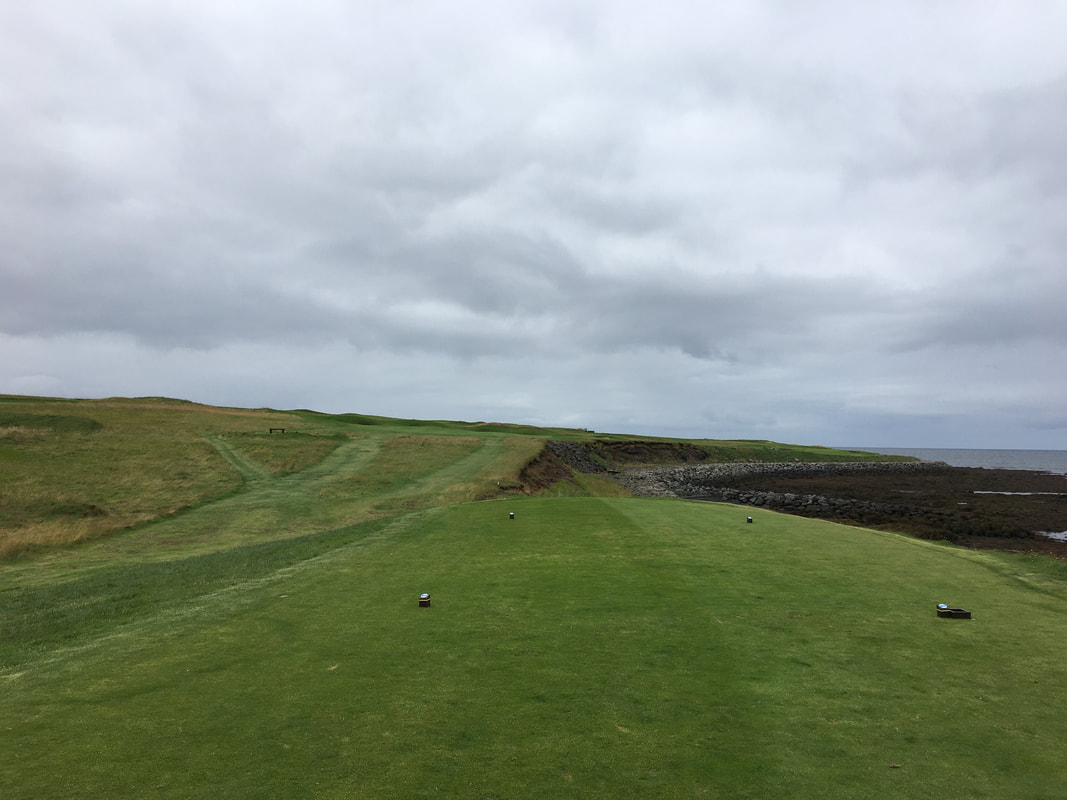
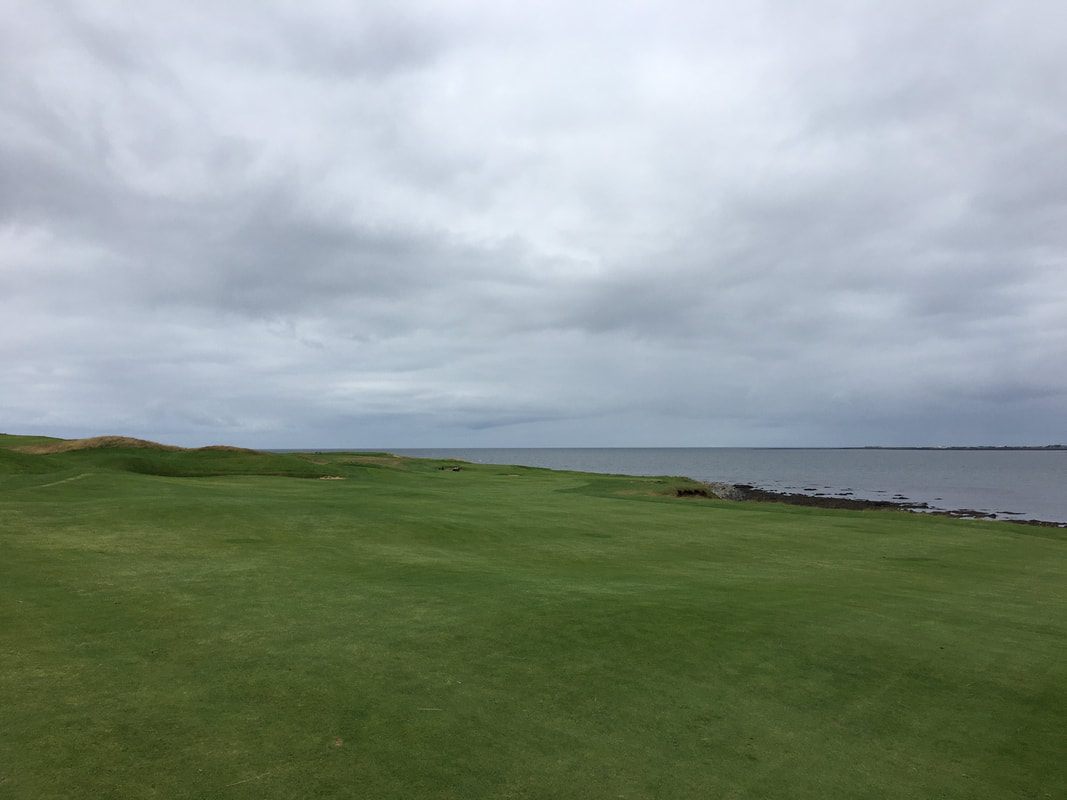
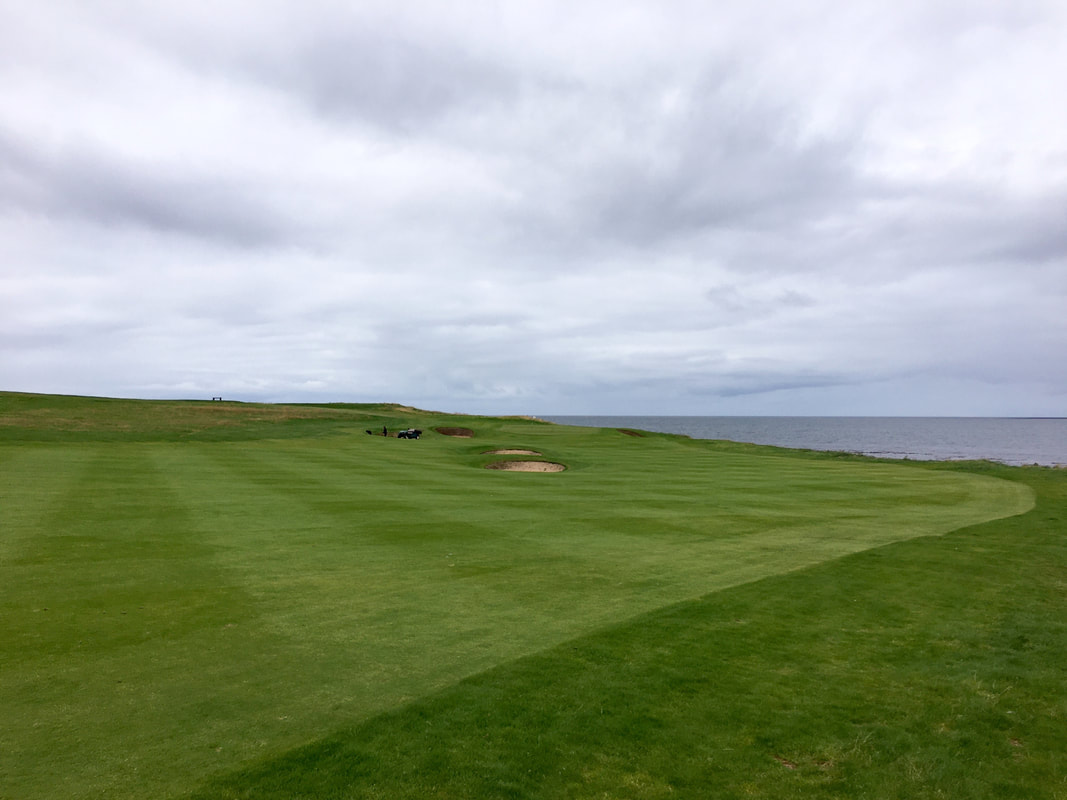
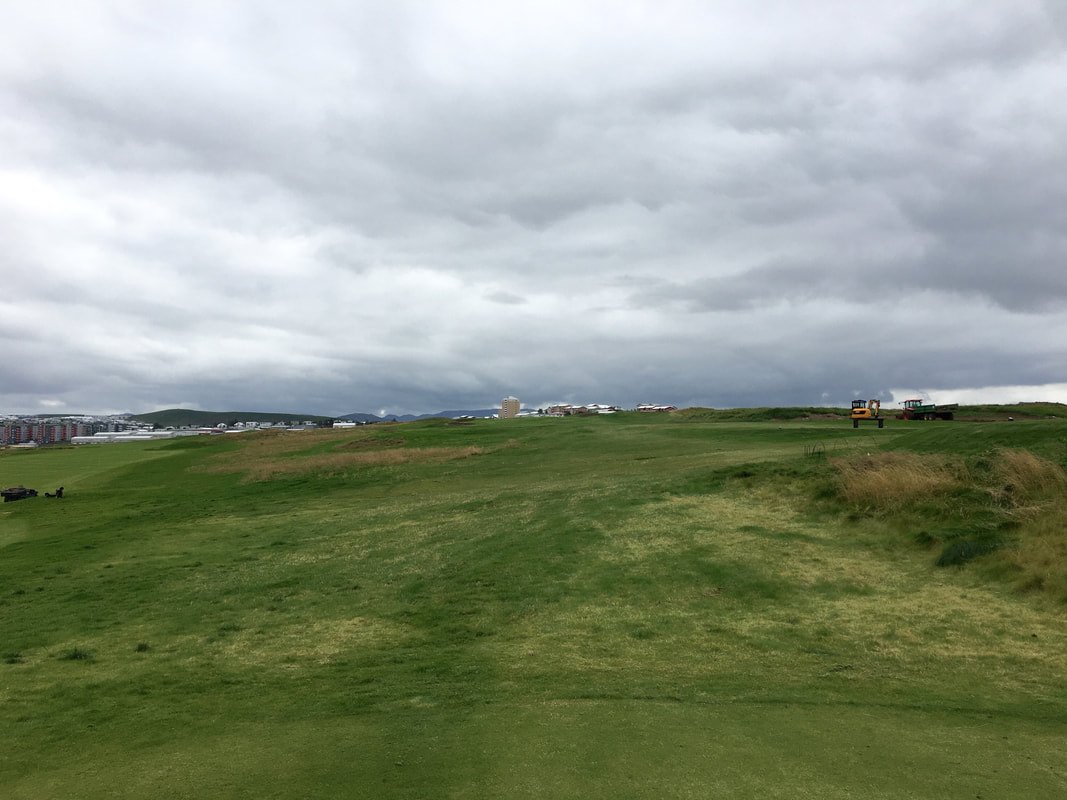
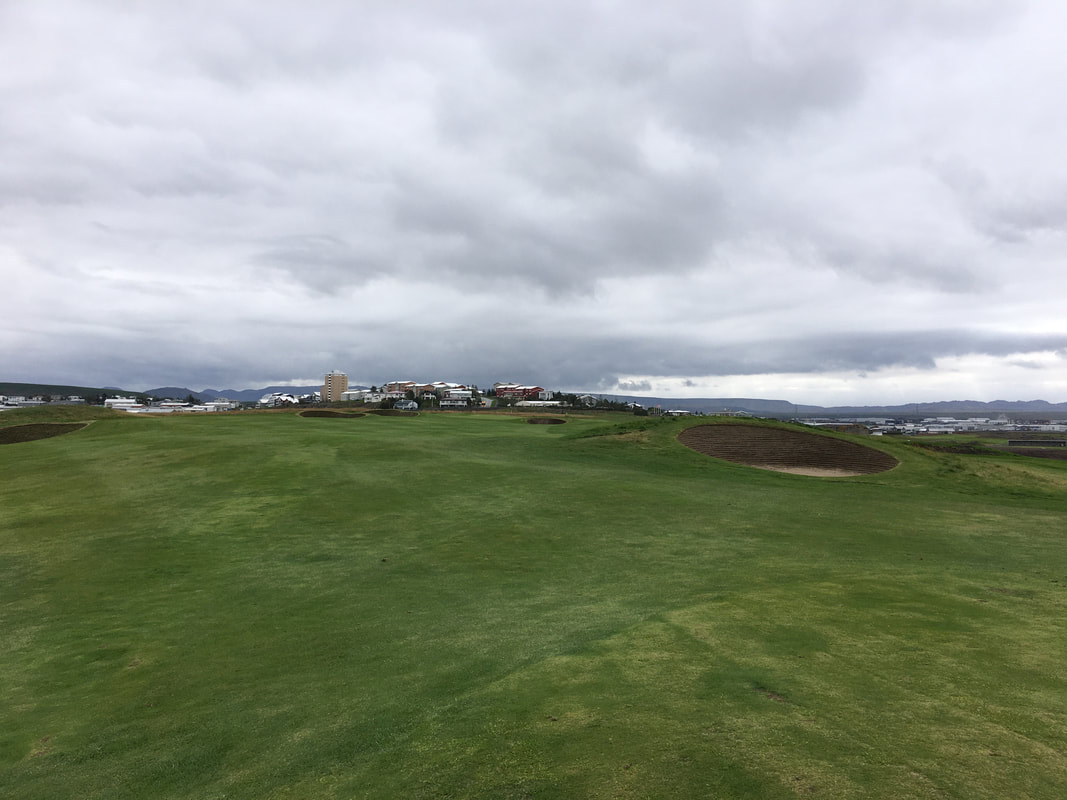
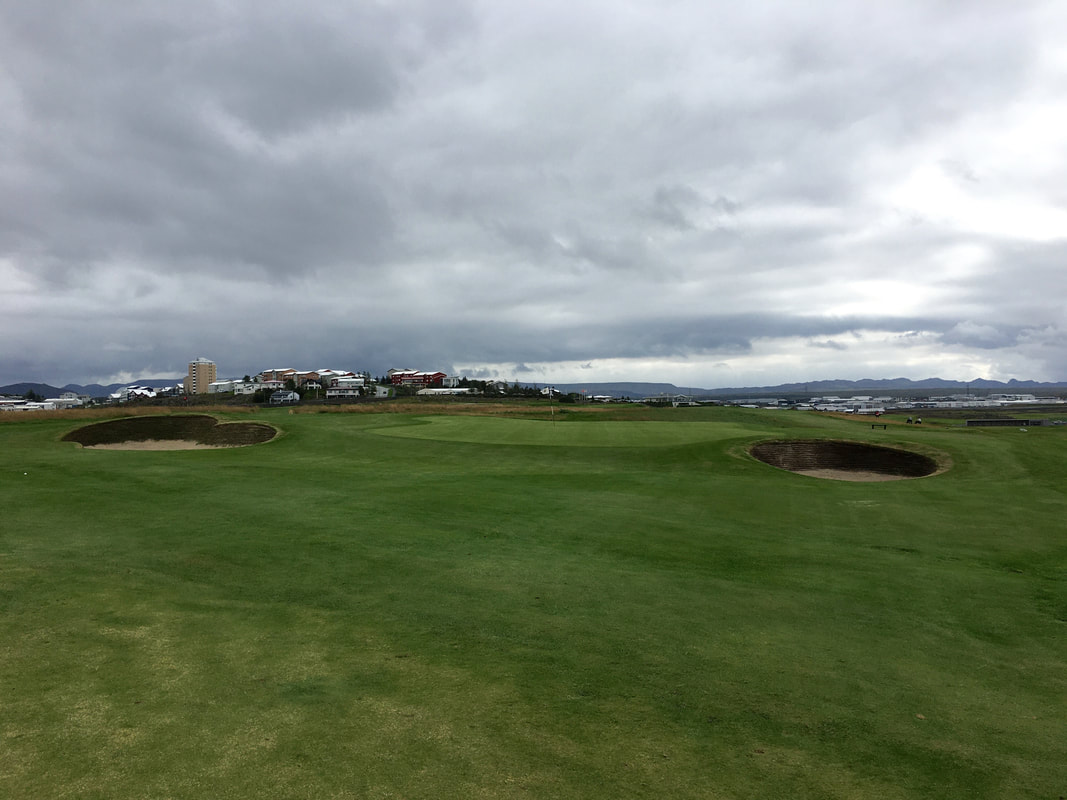
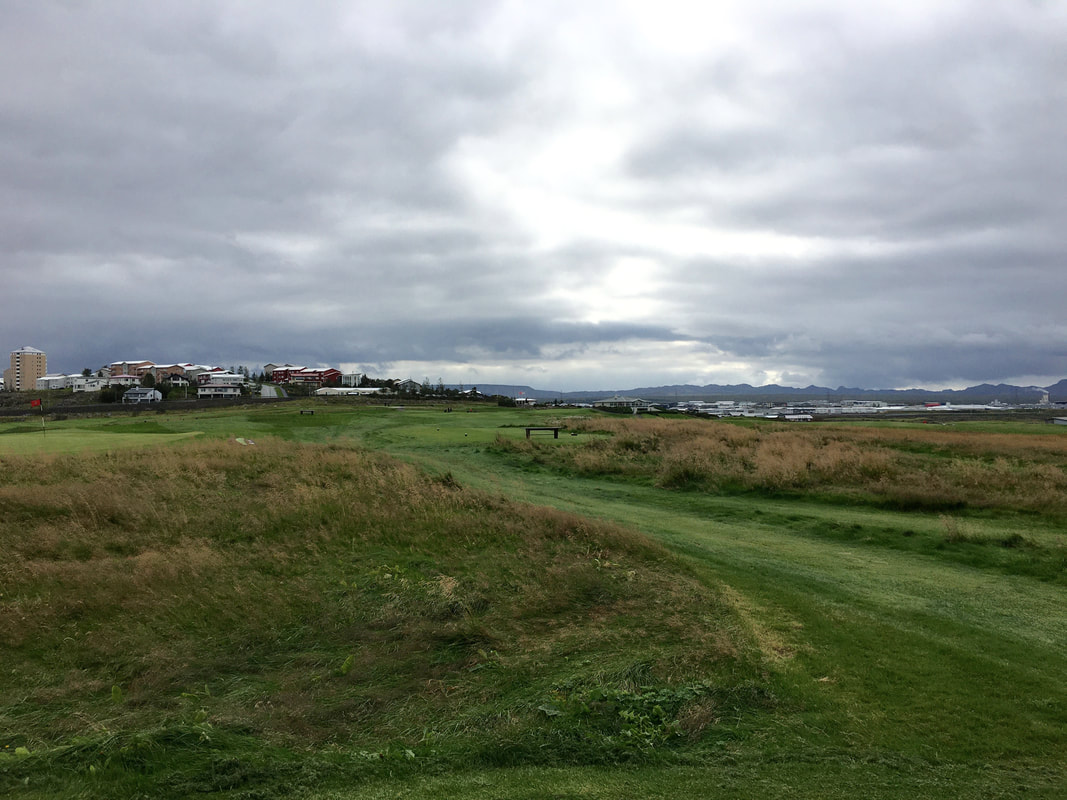
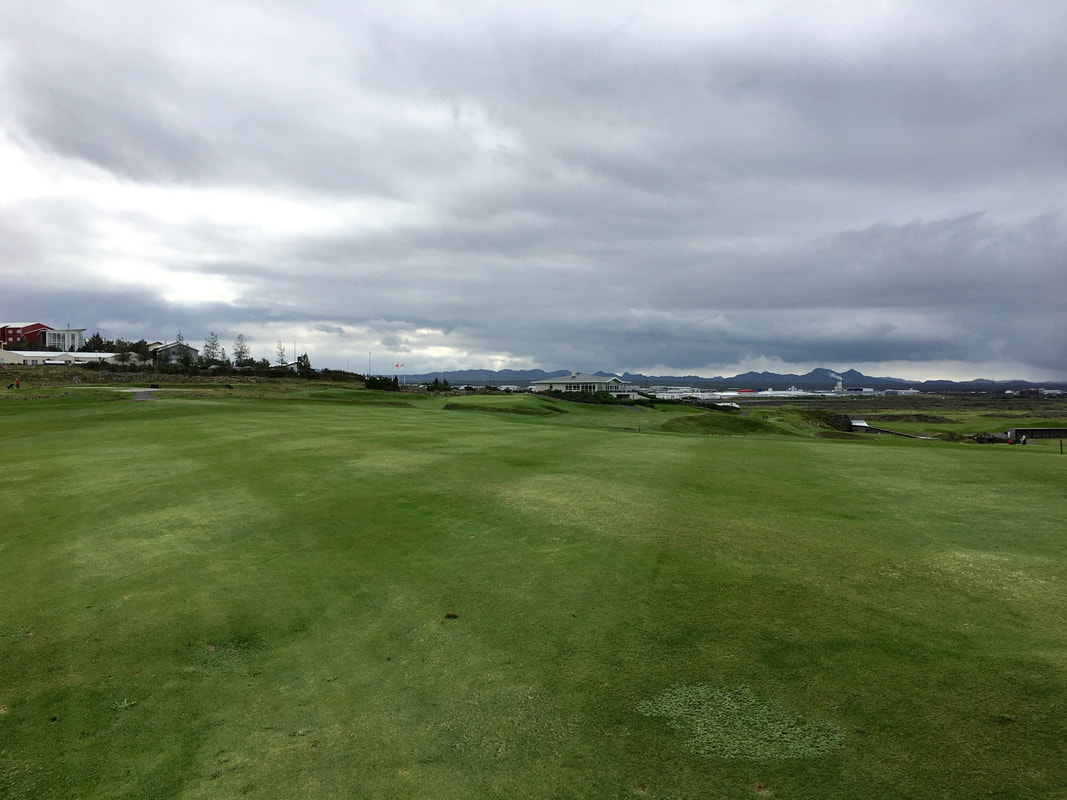
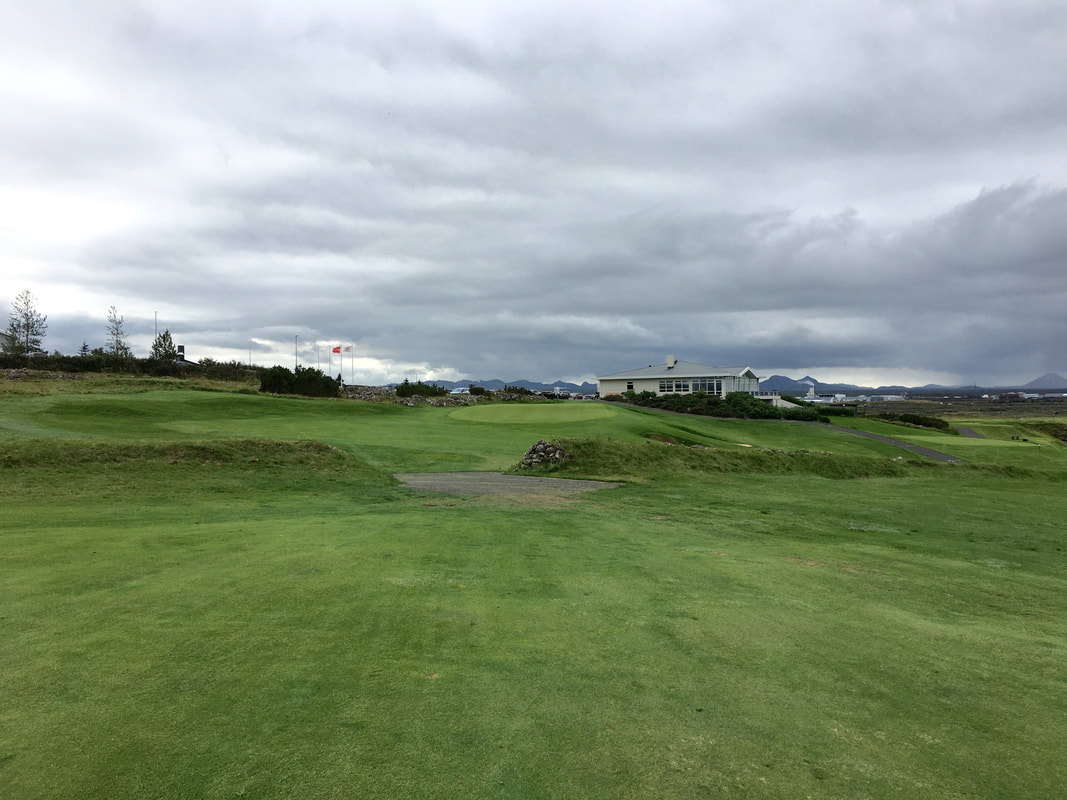
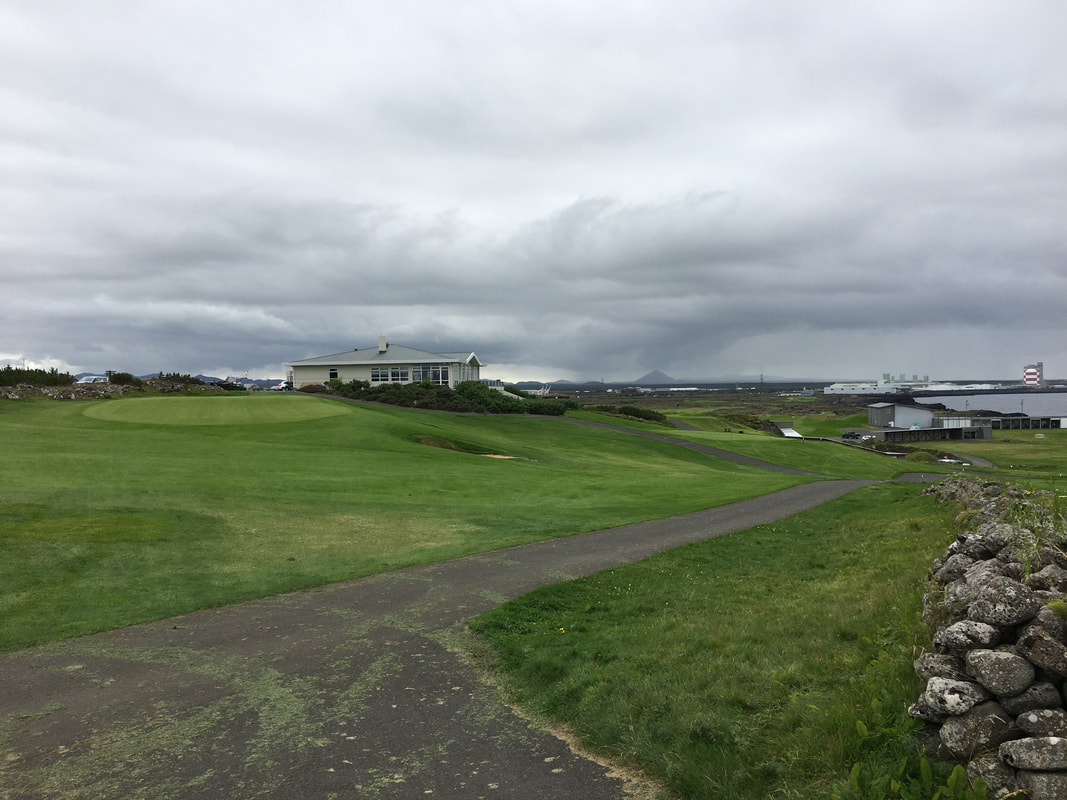
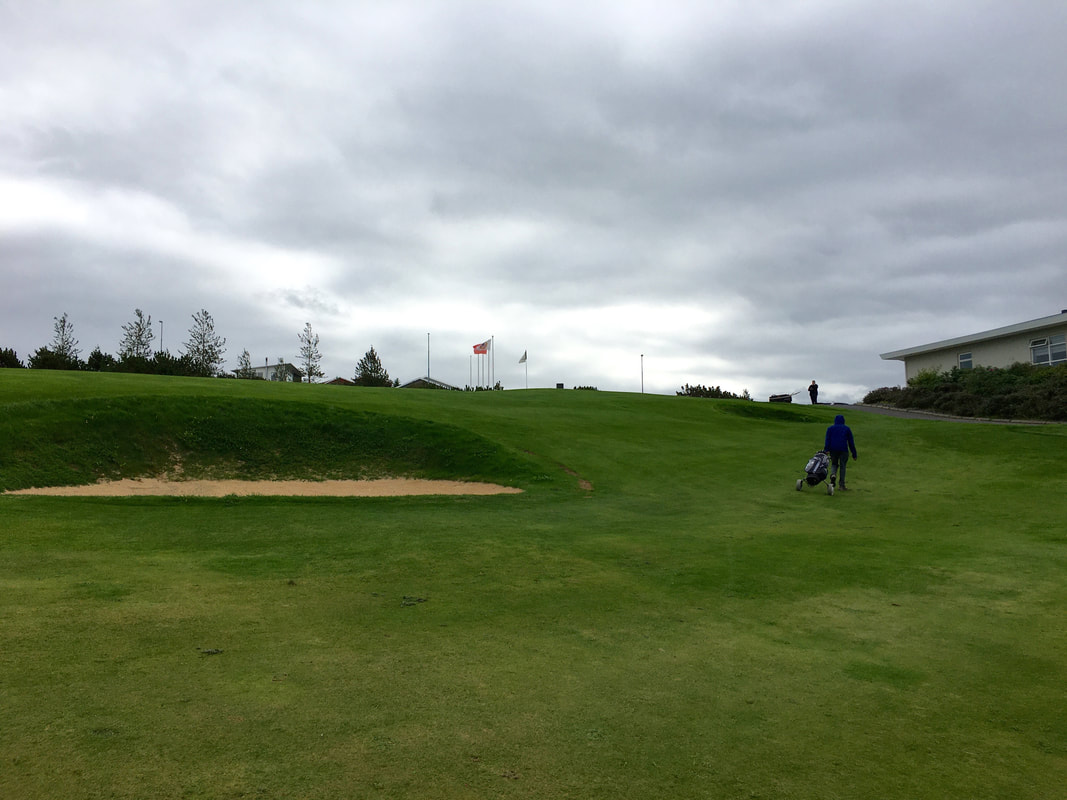
 RSS Feed
RSS Feed